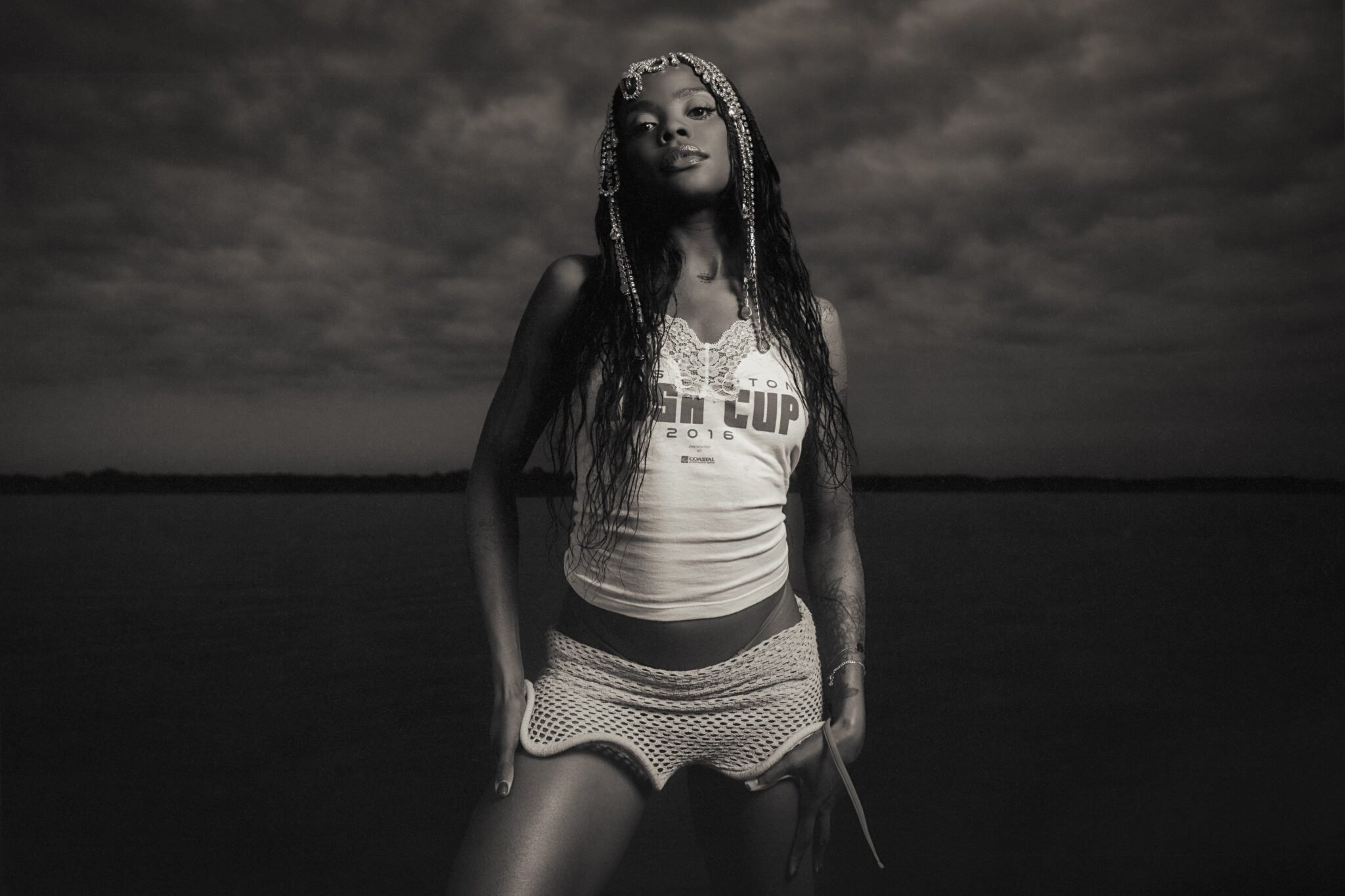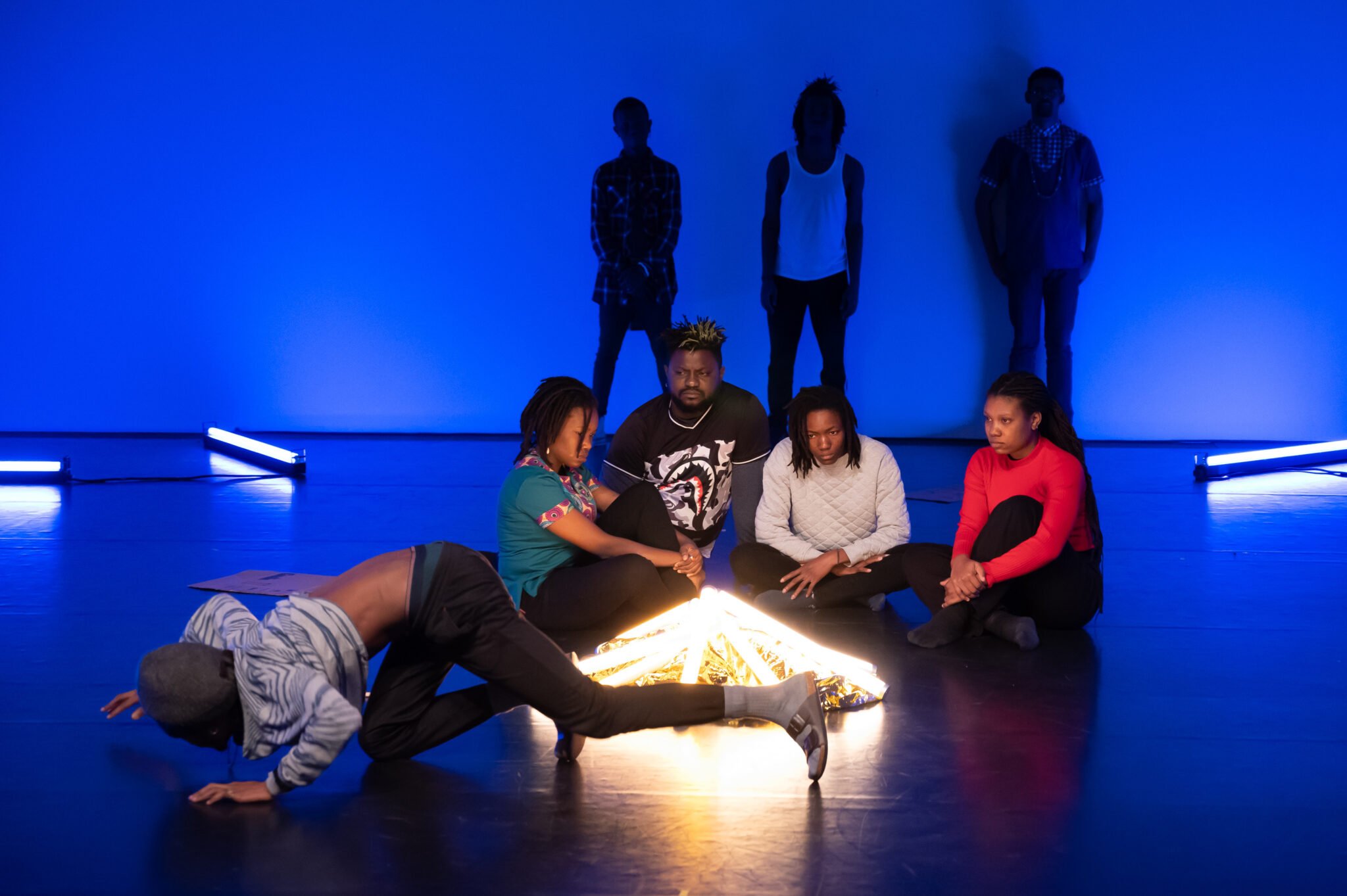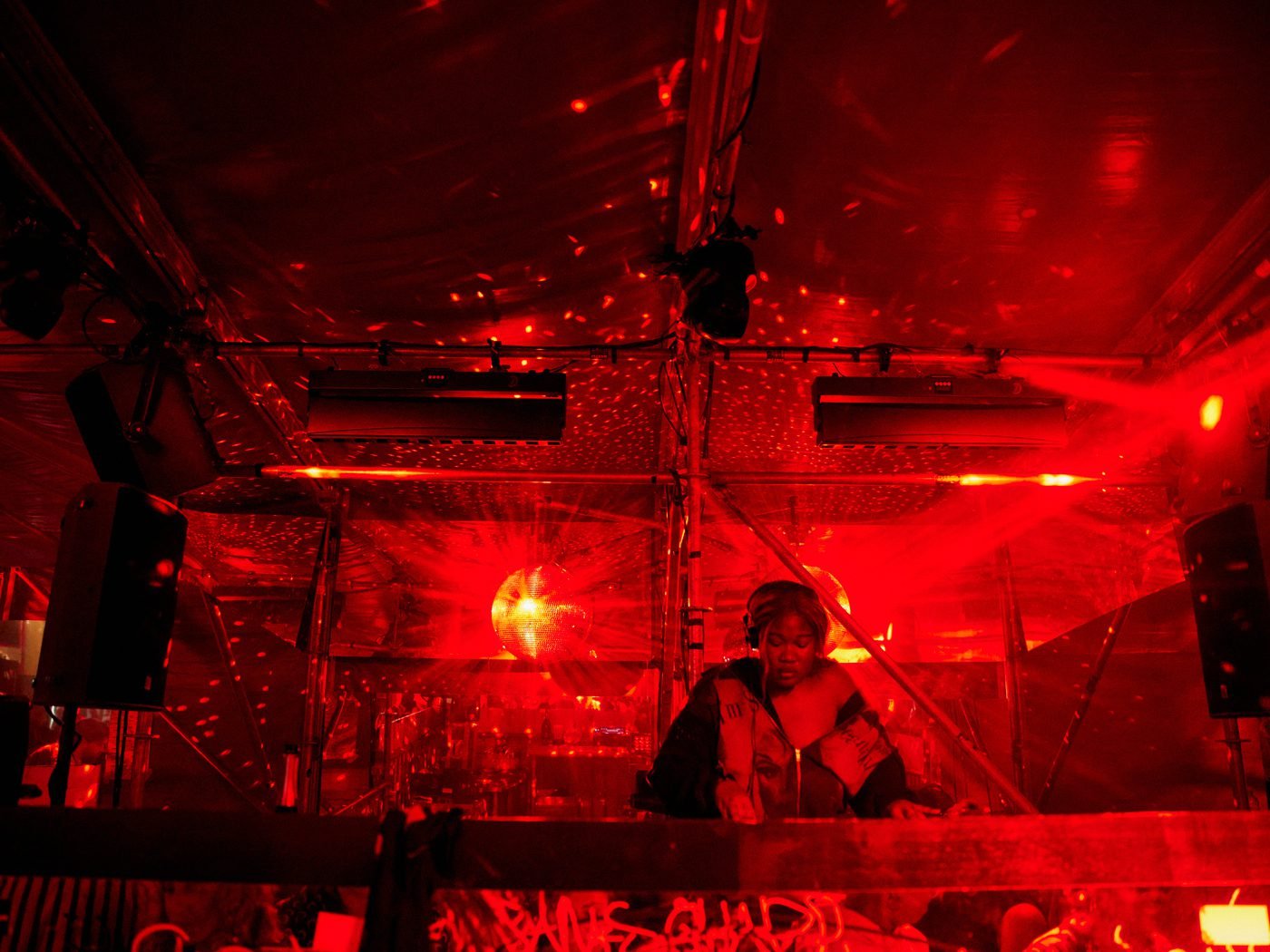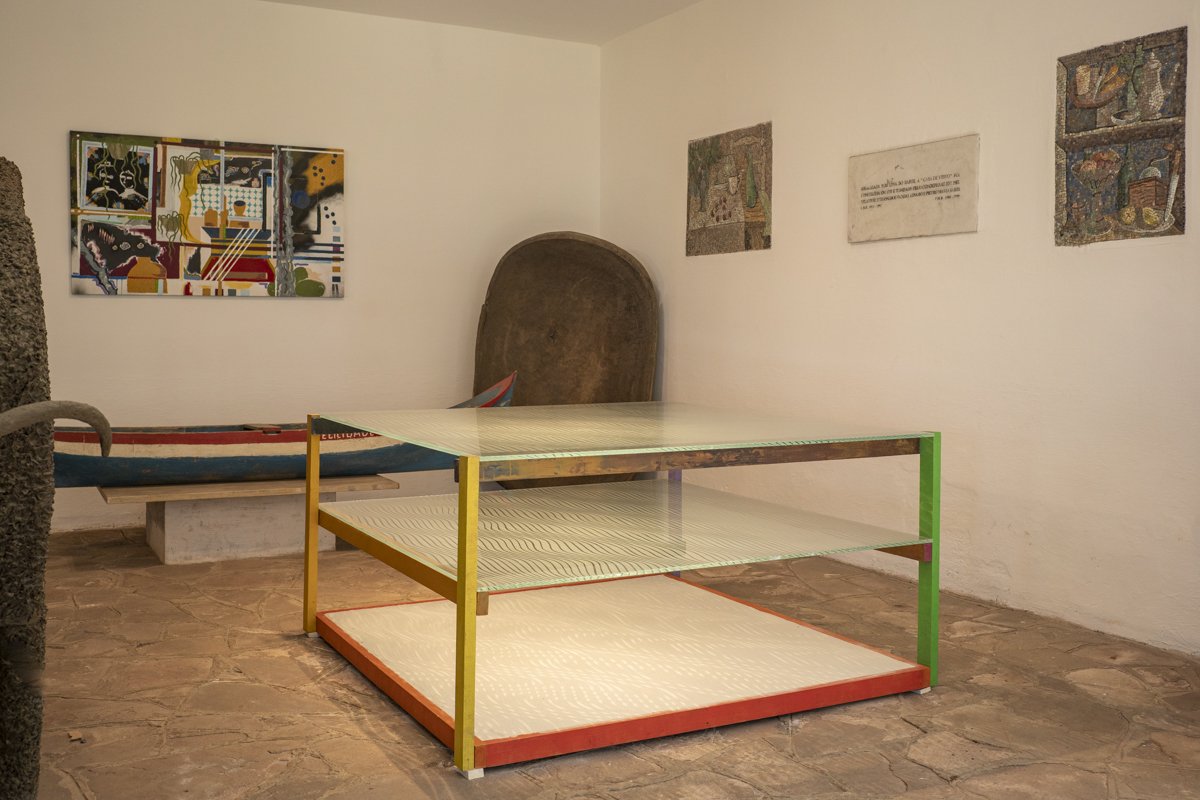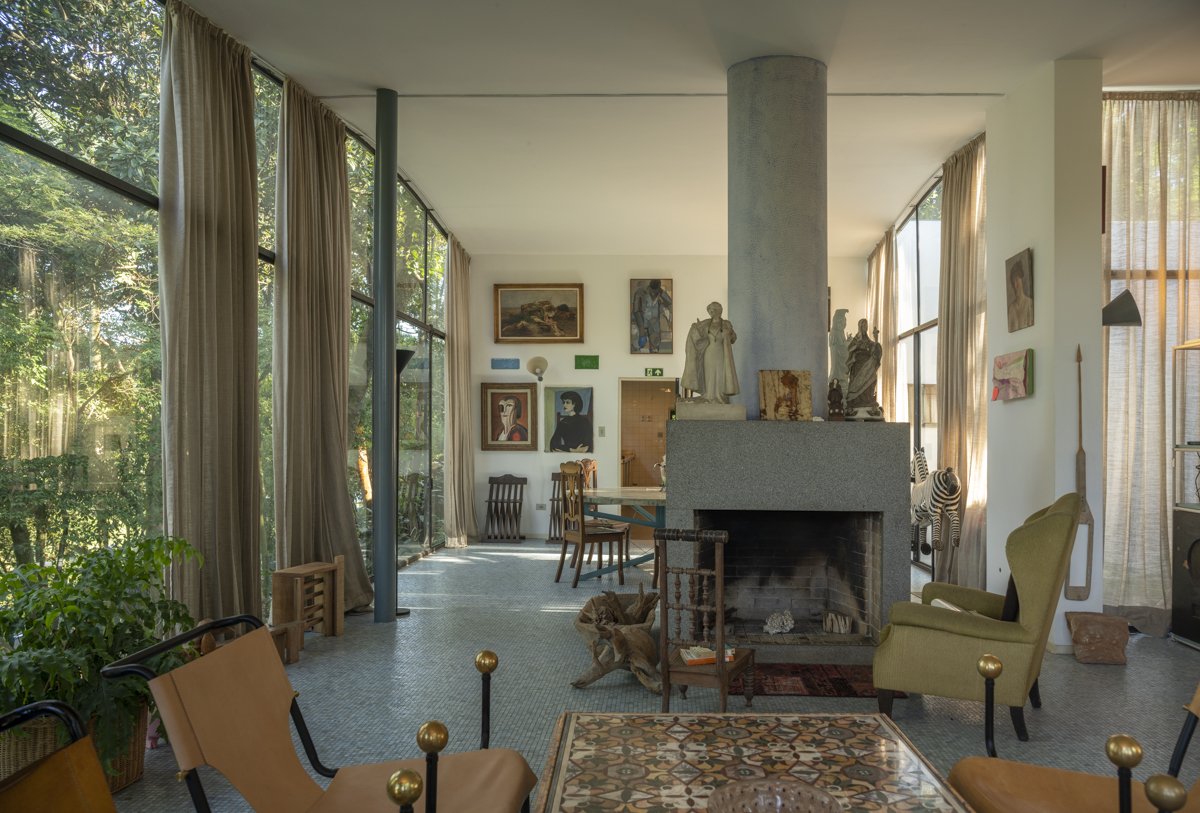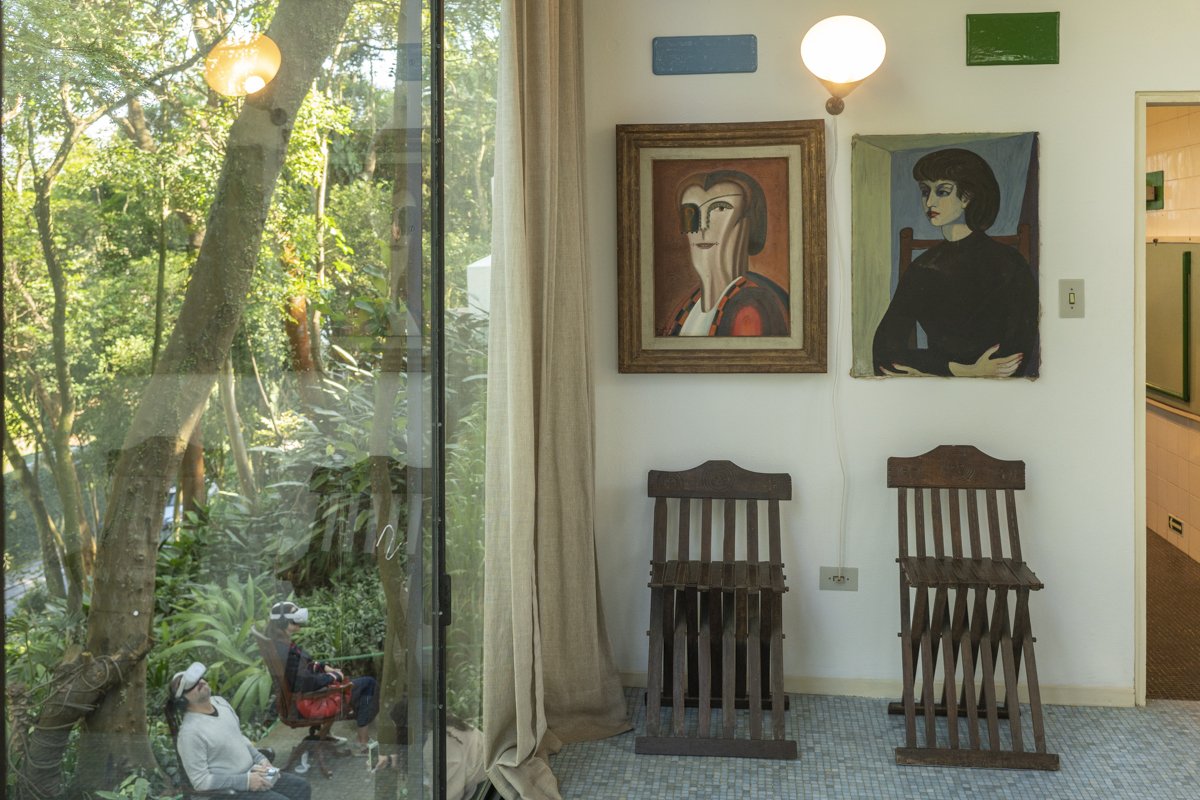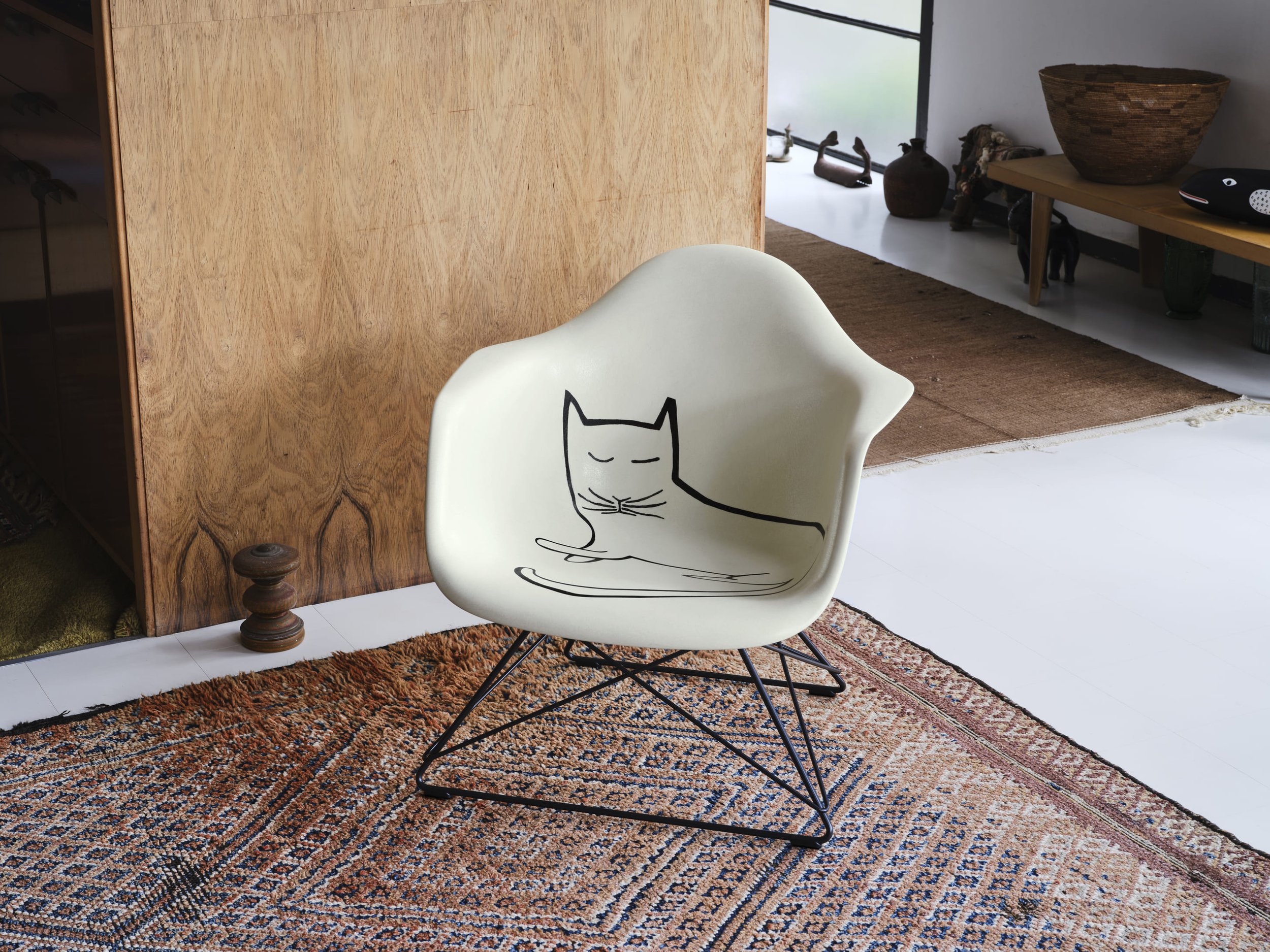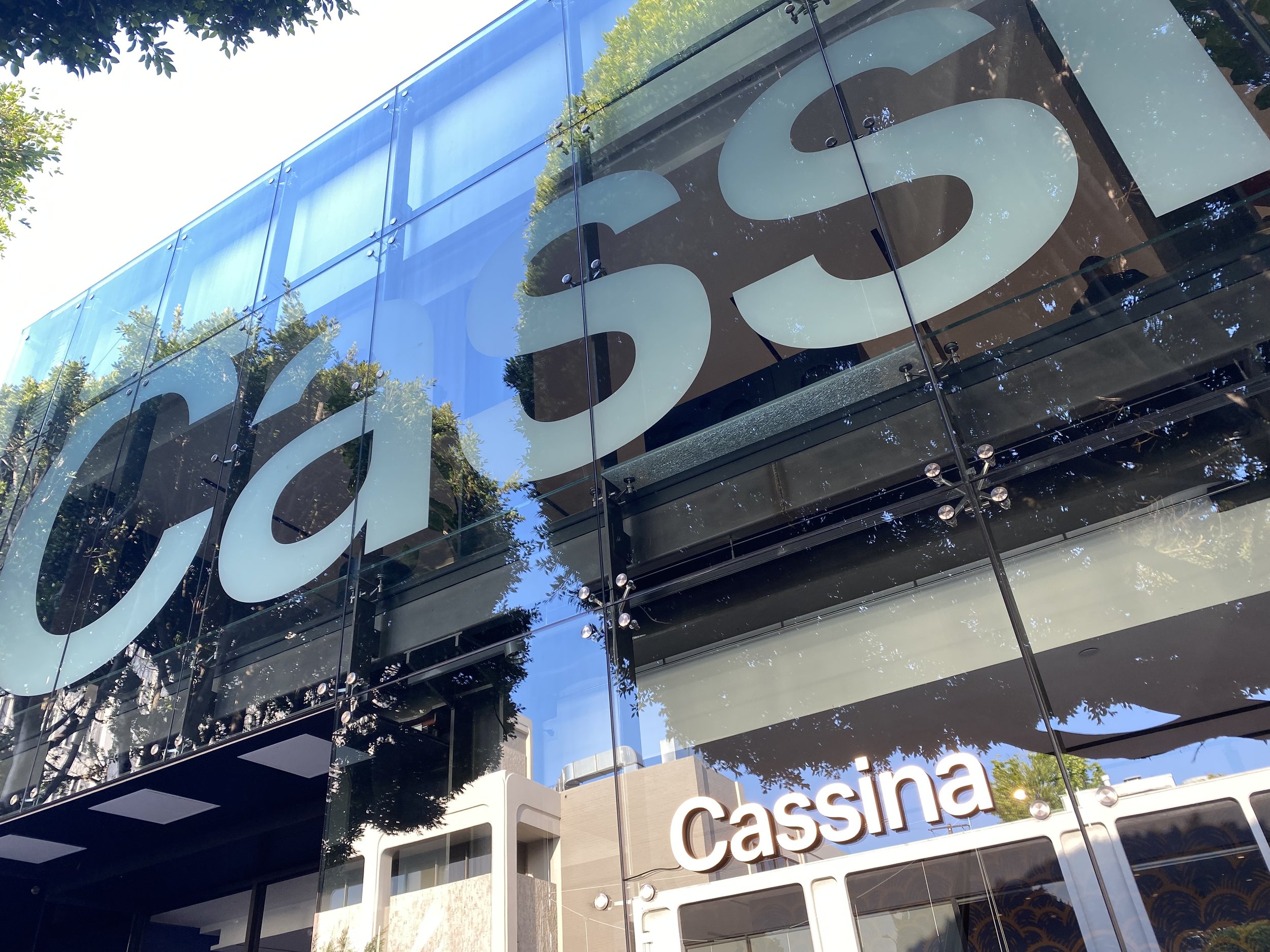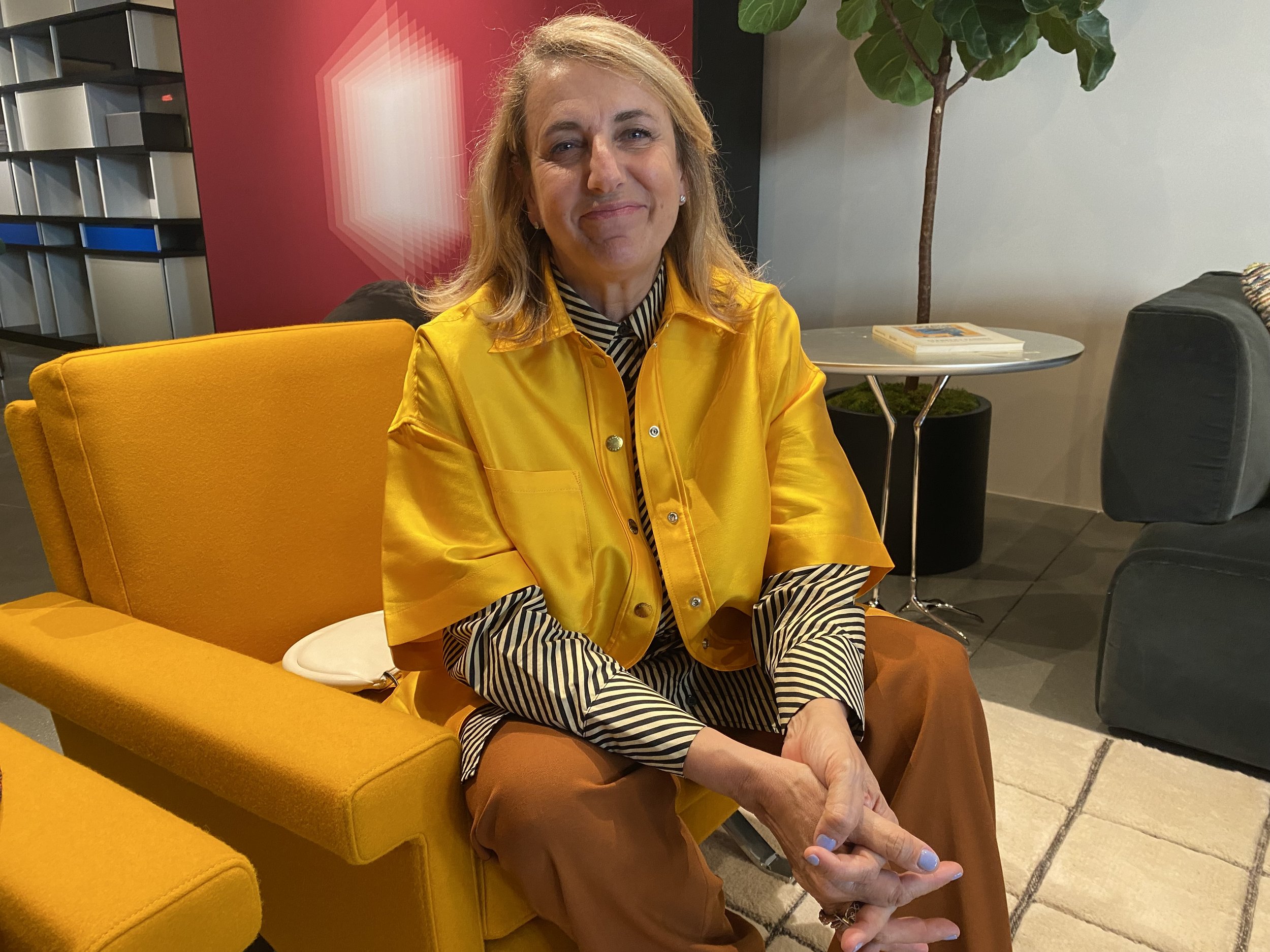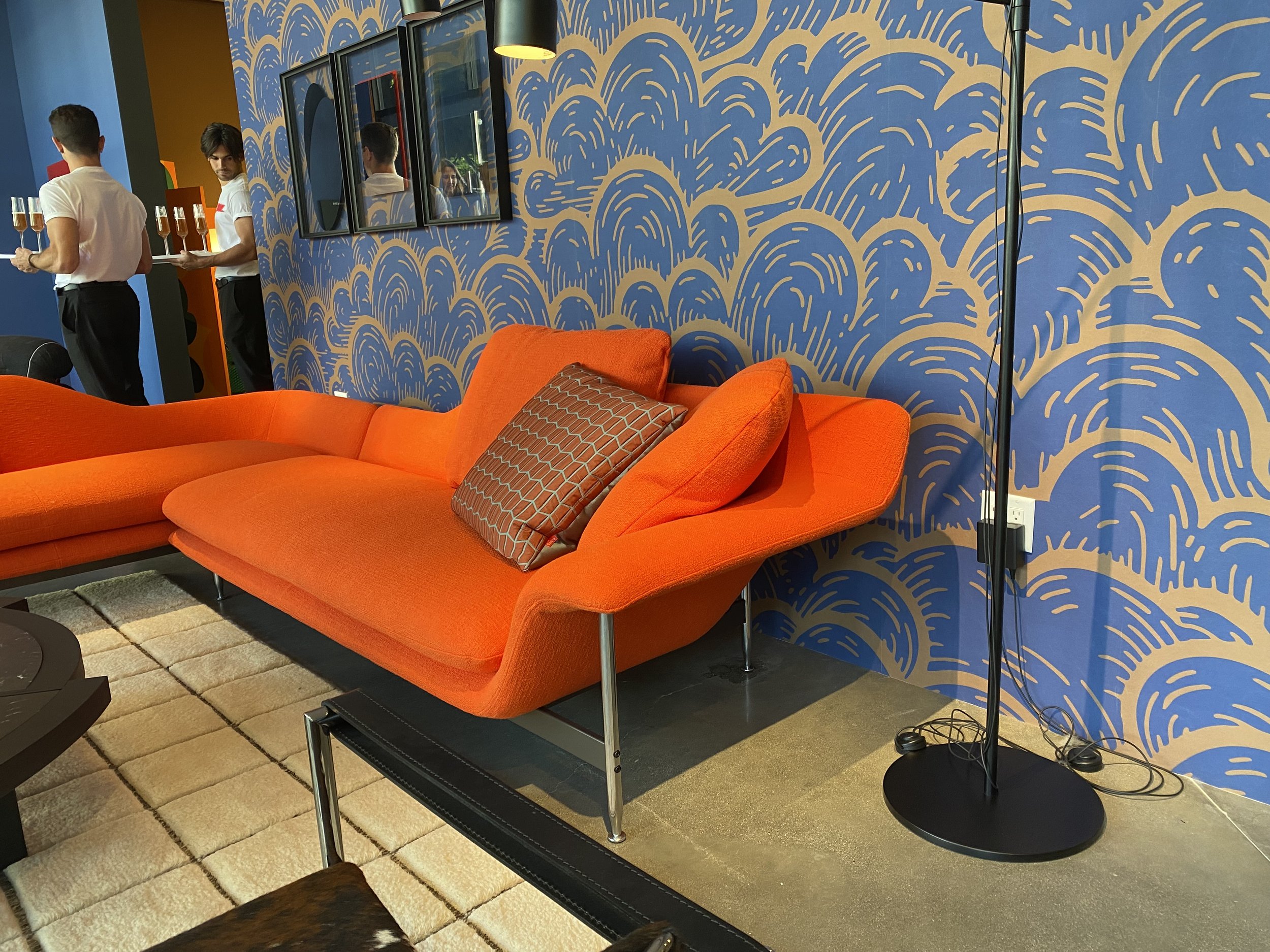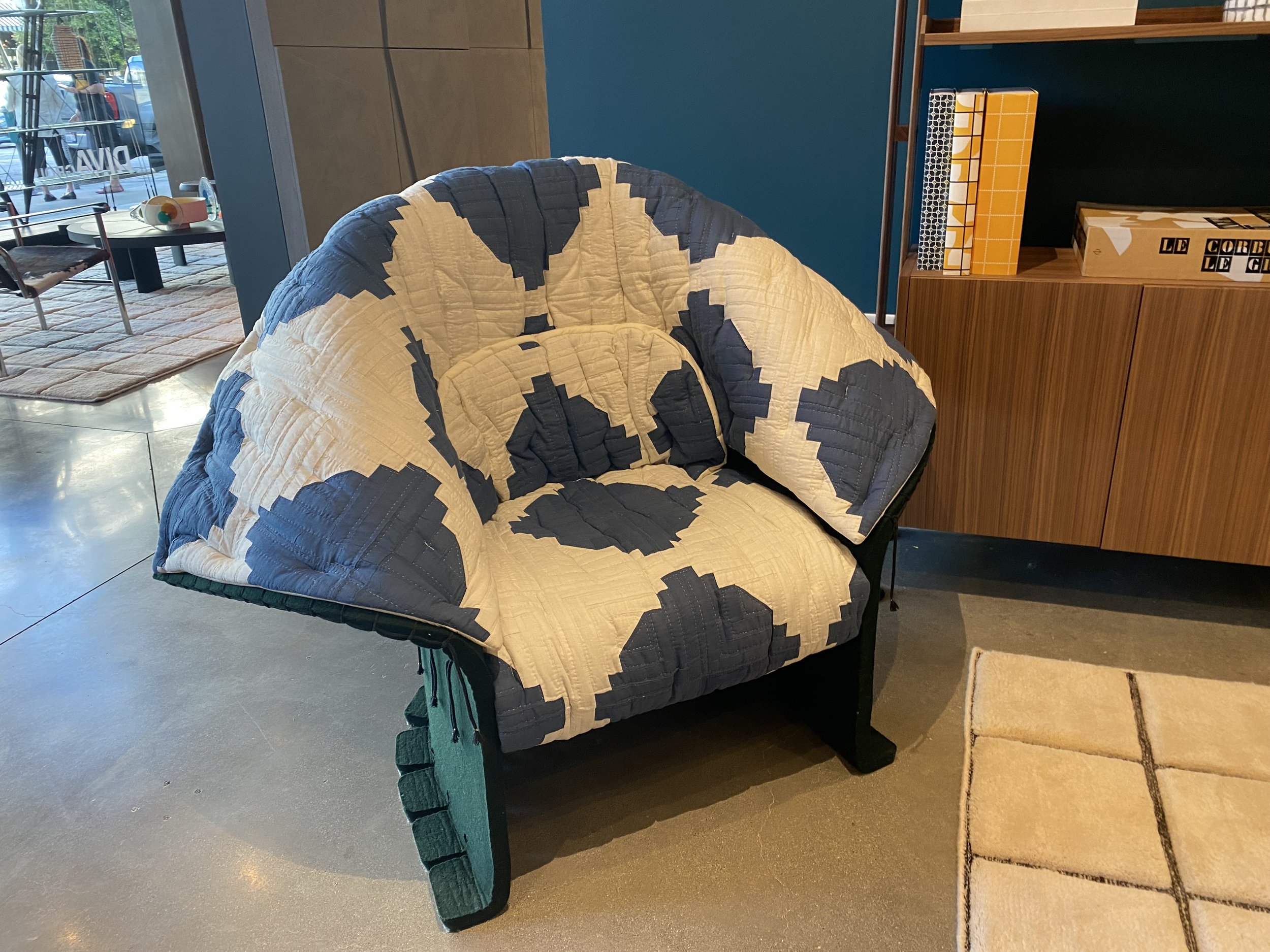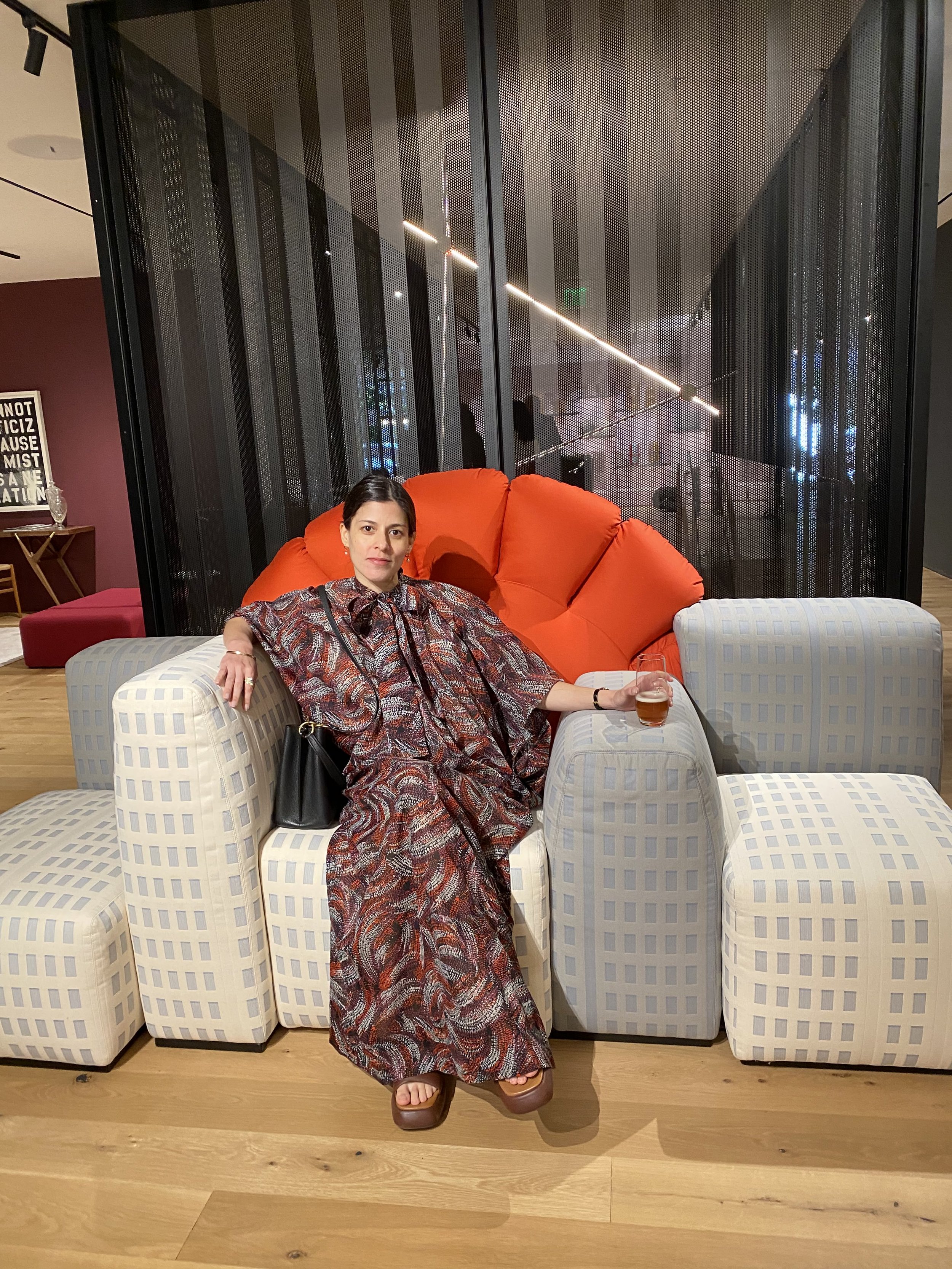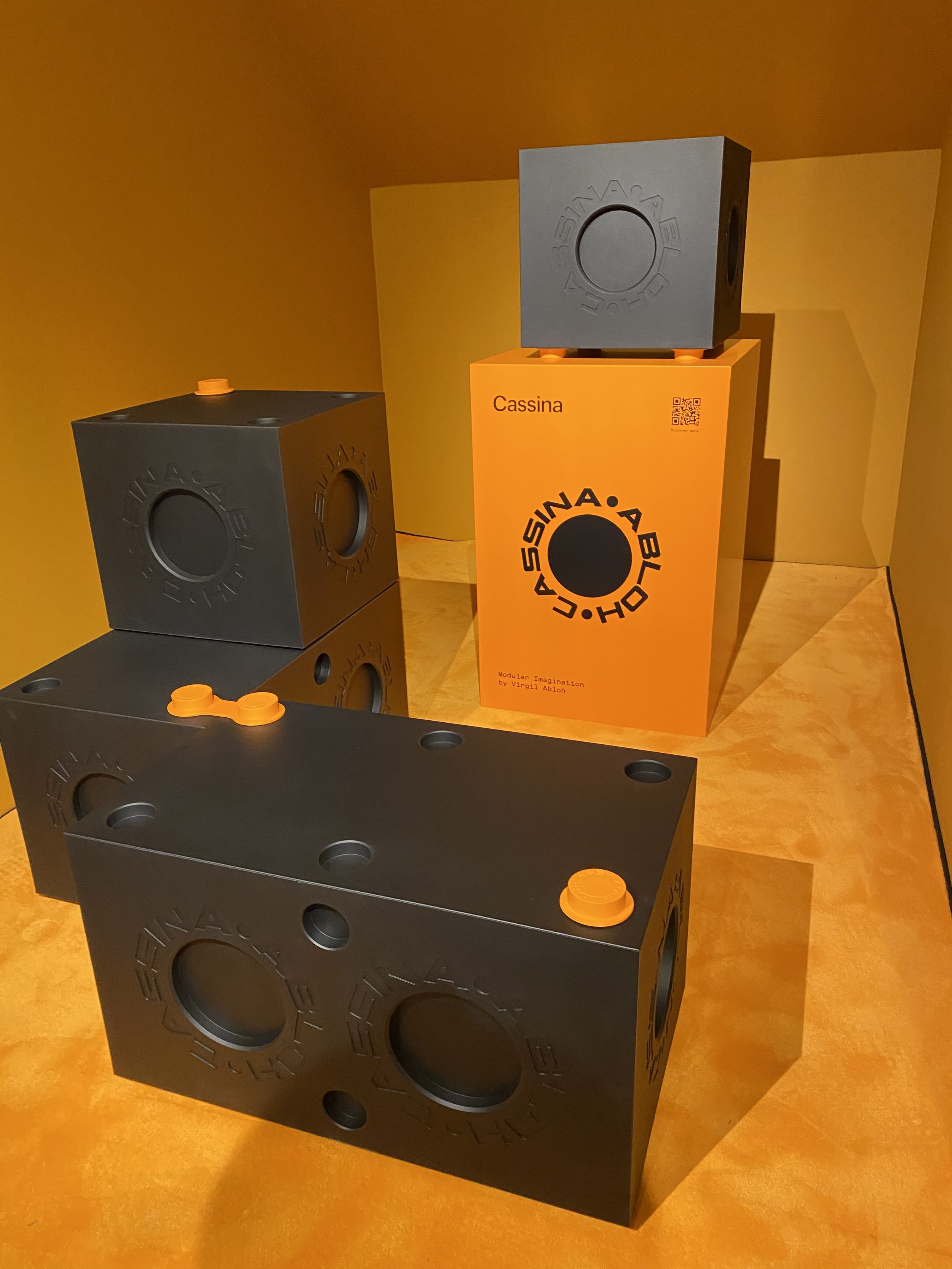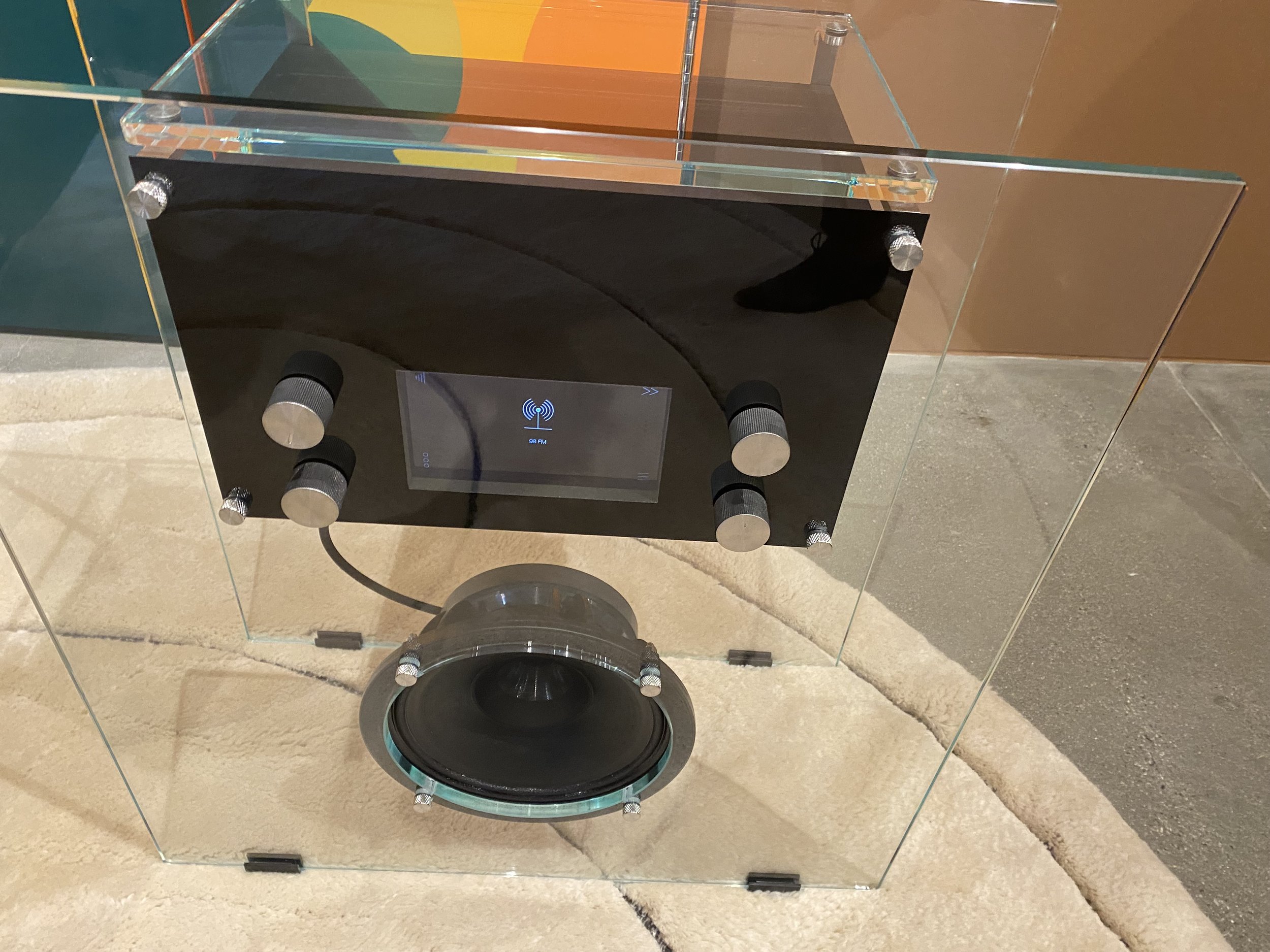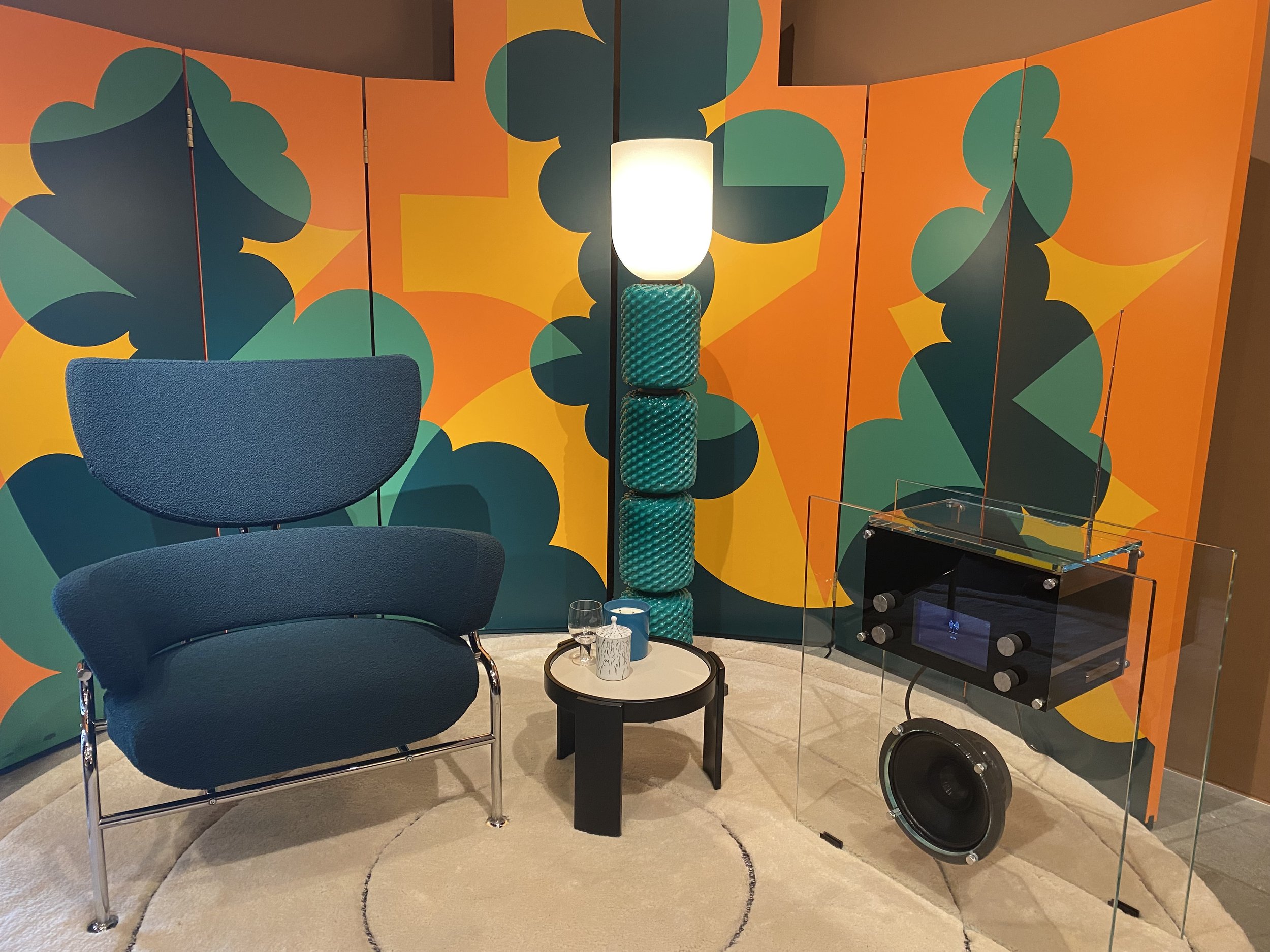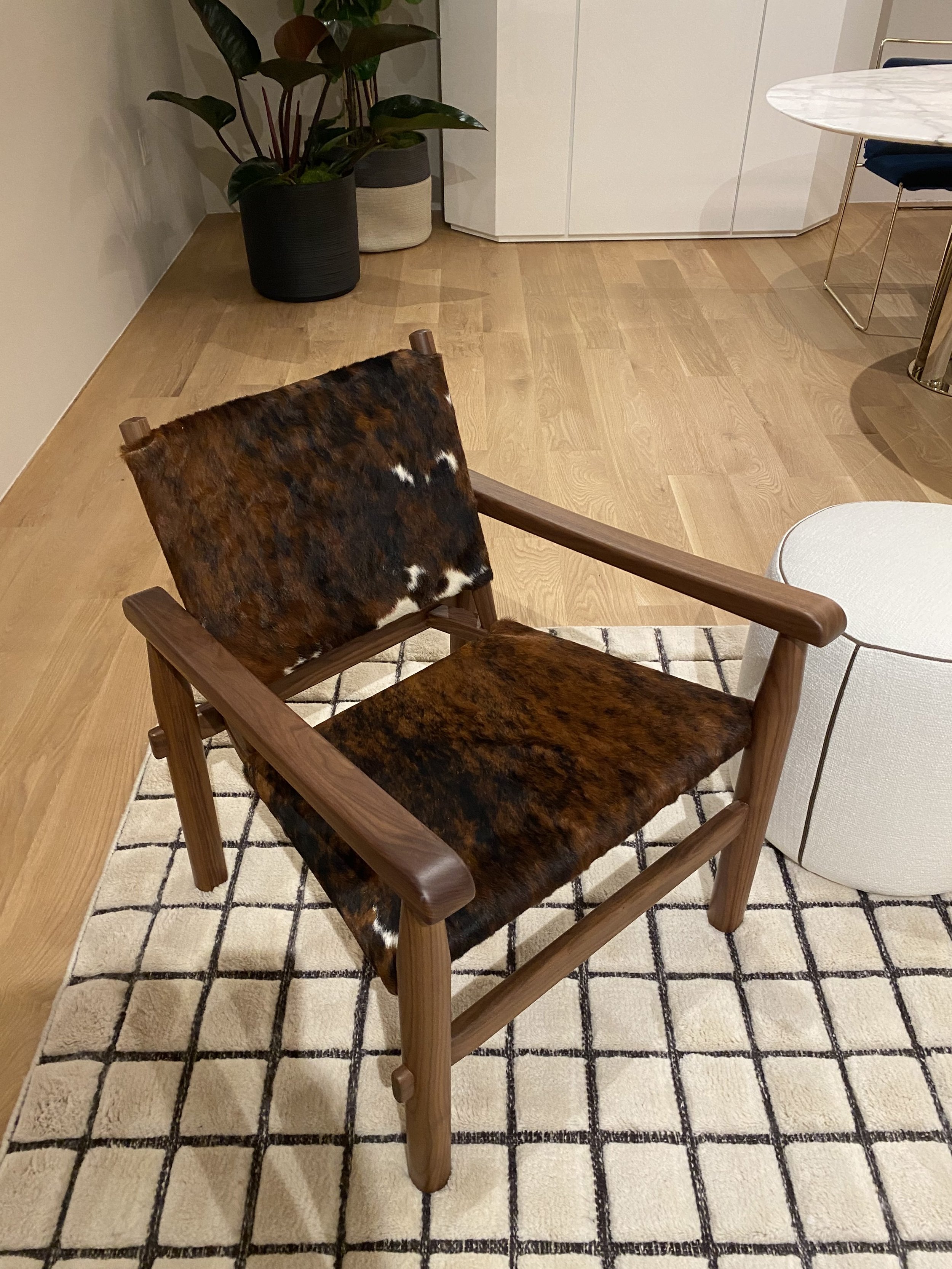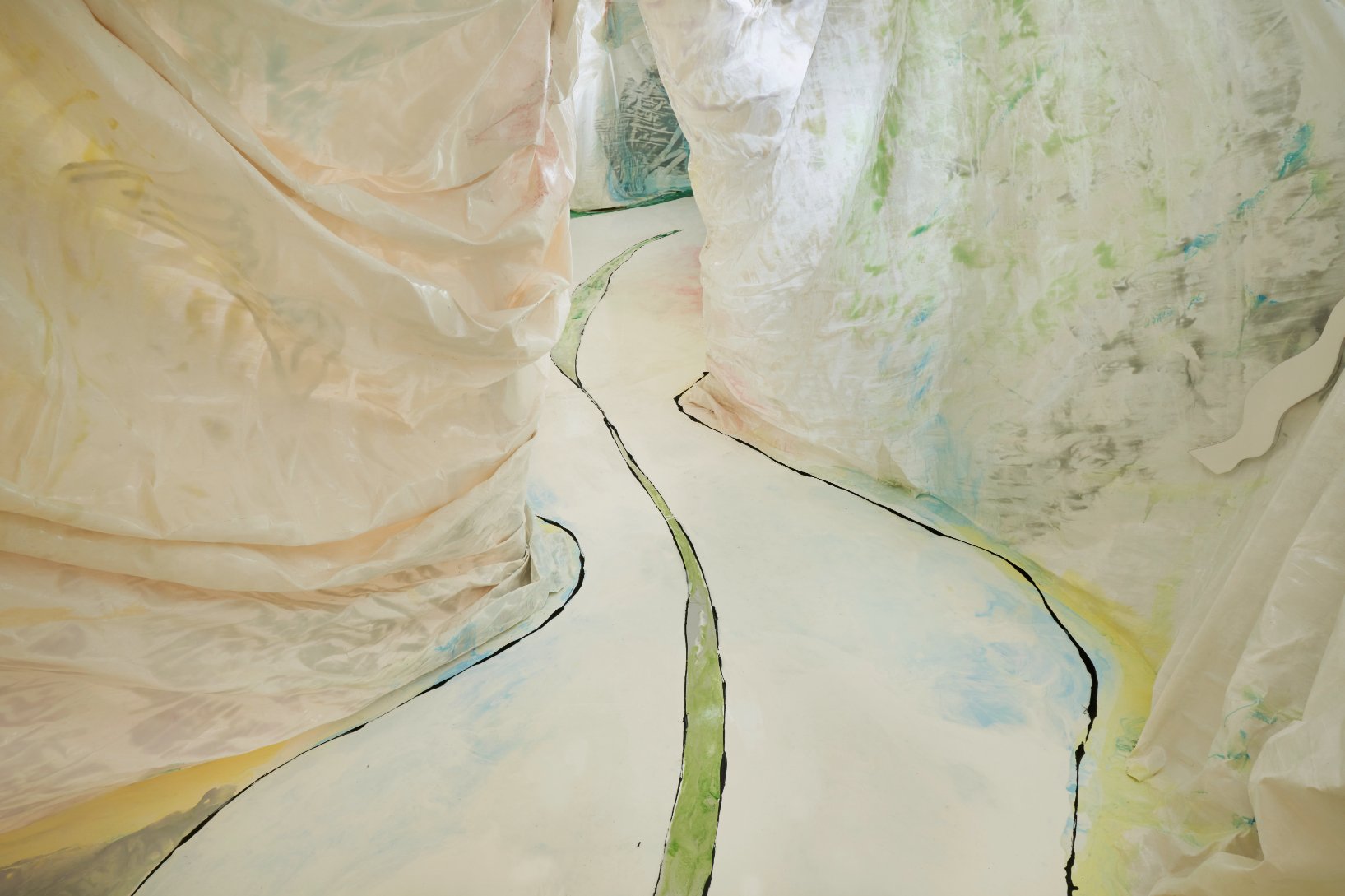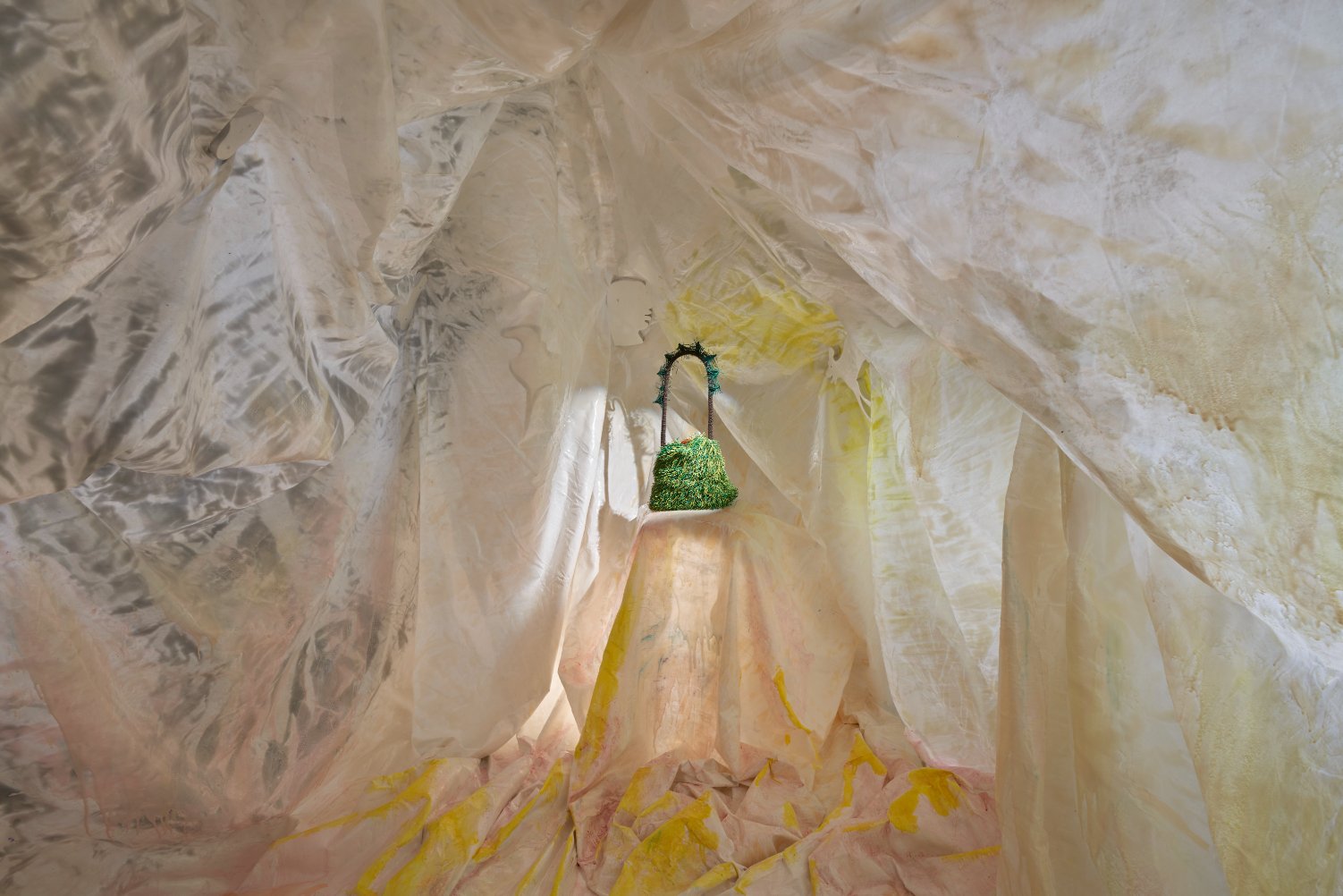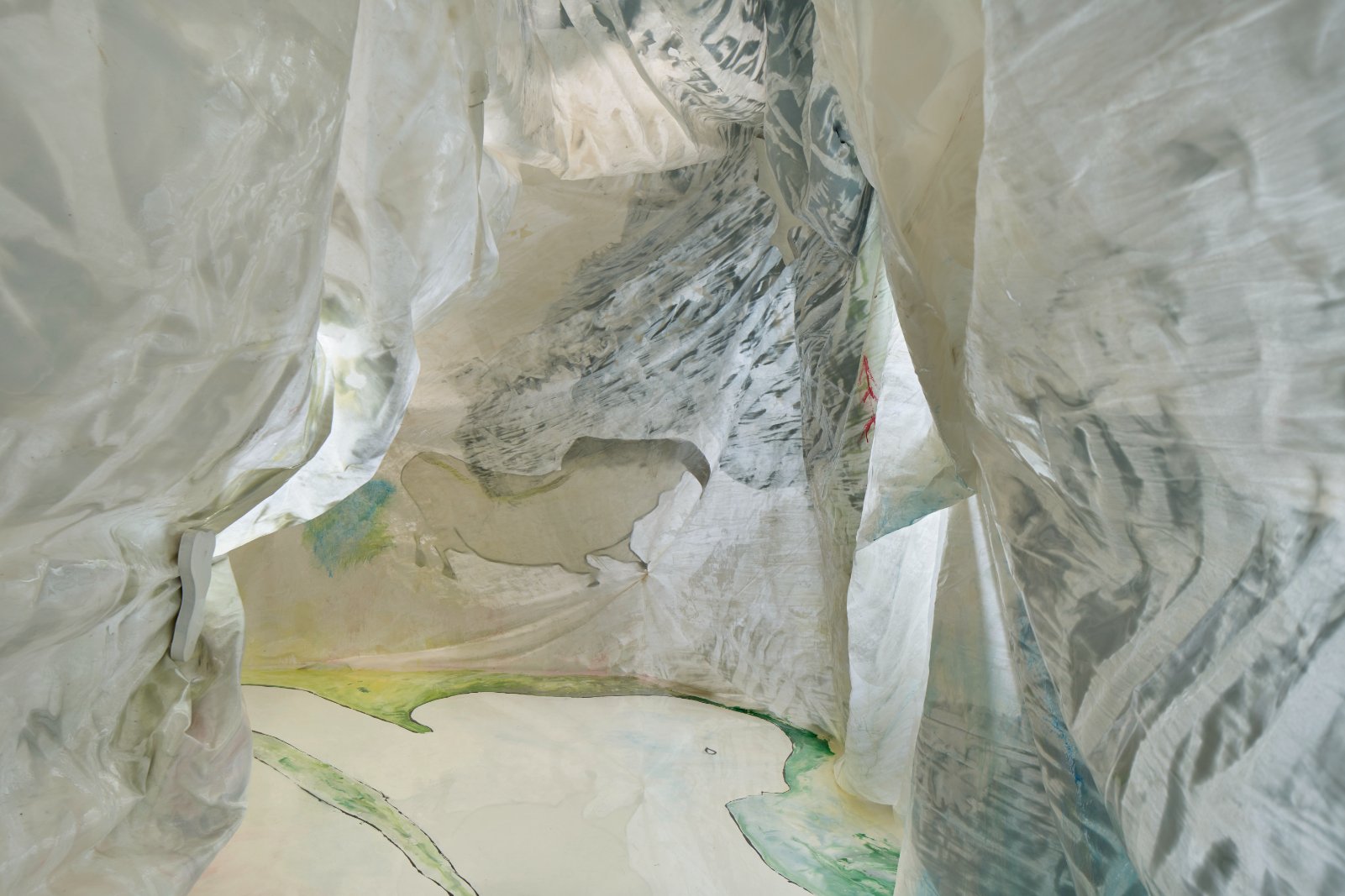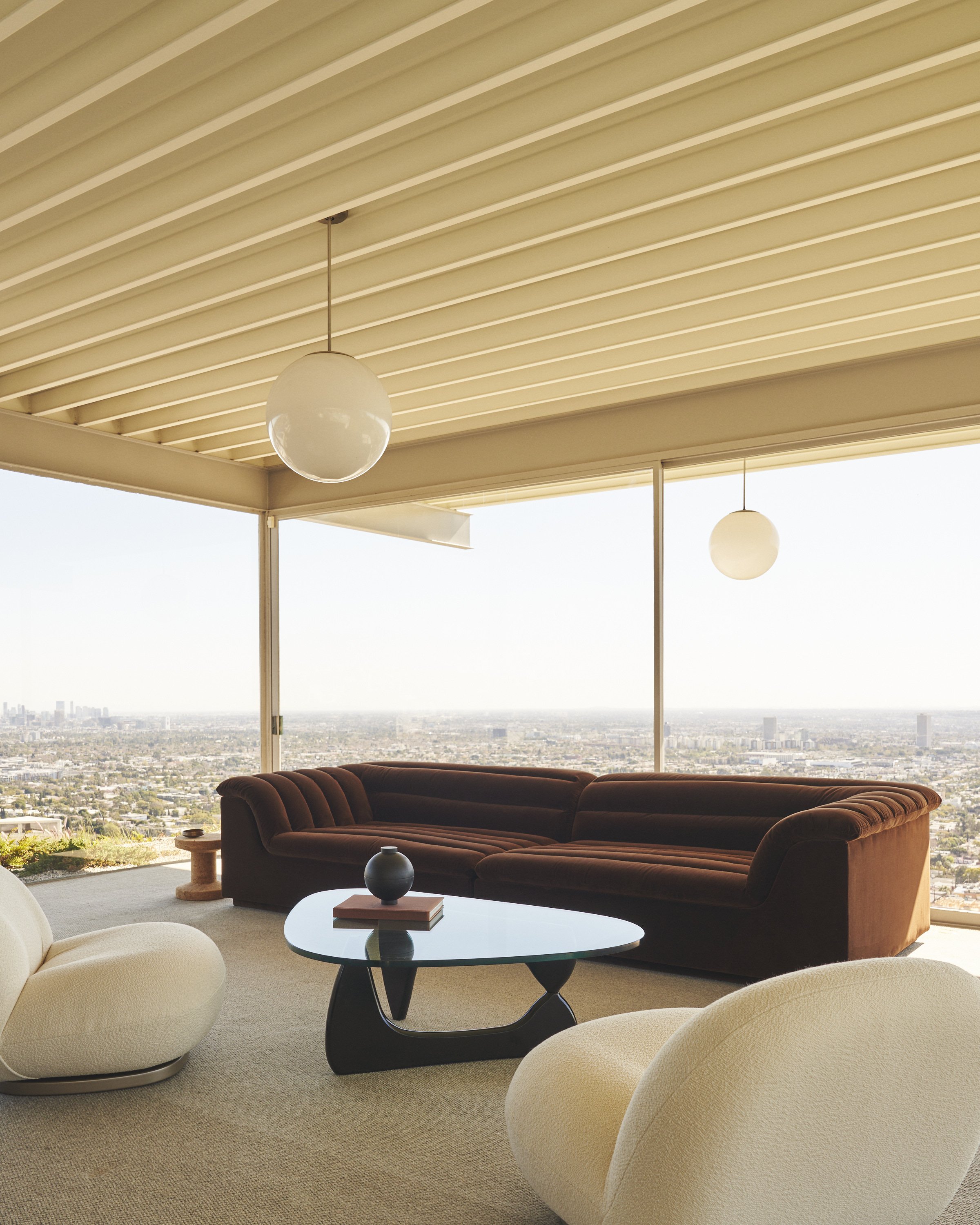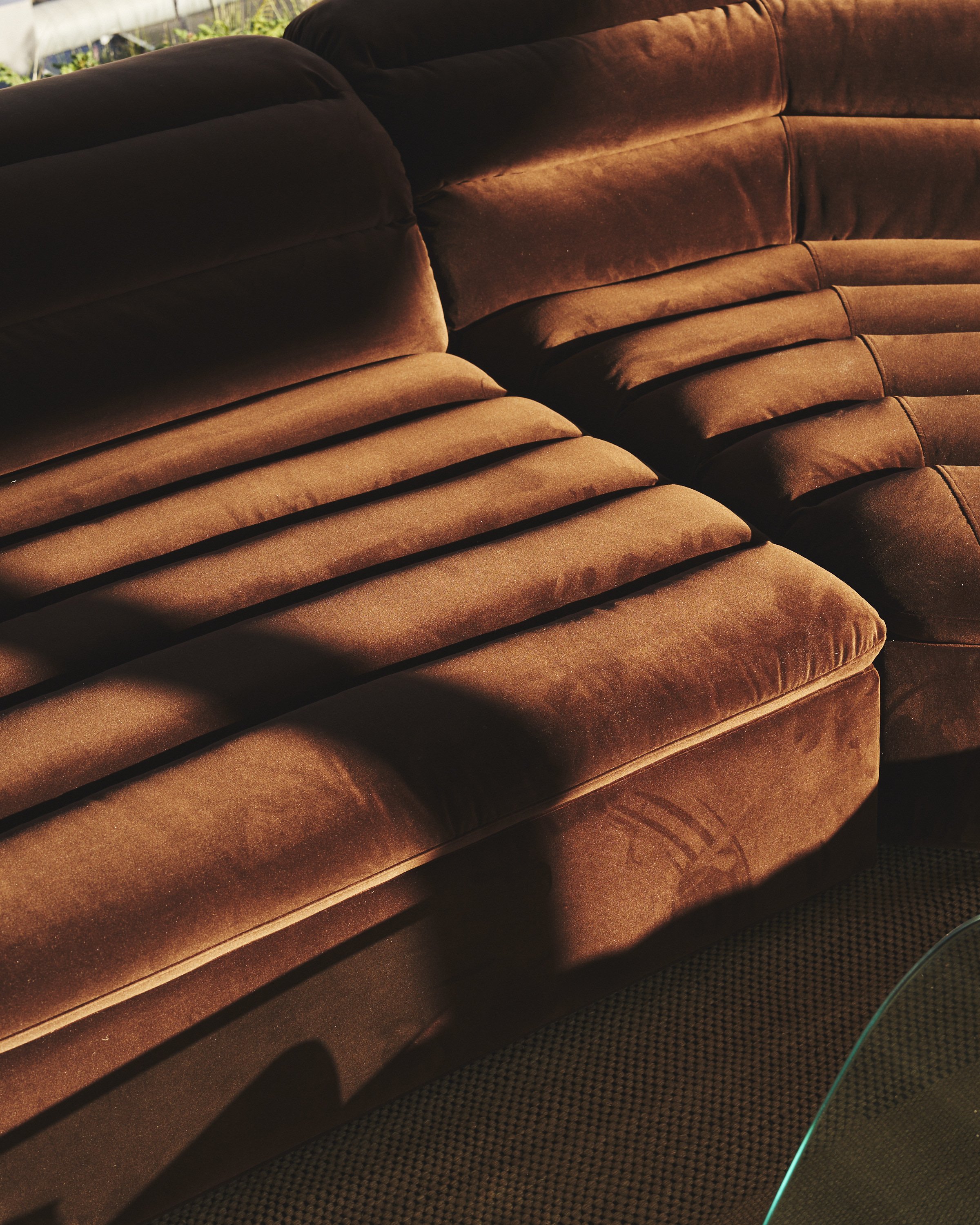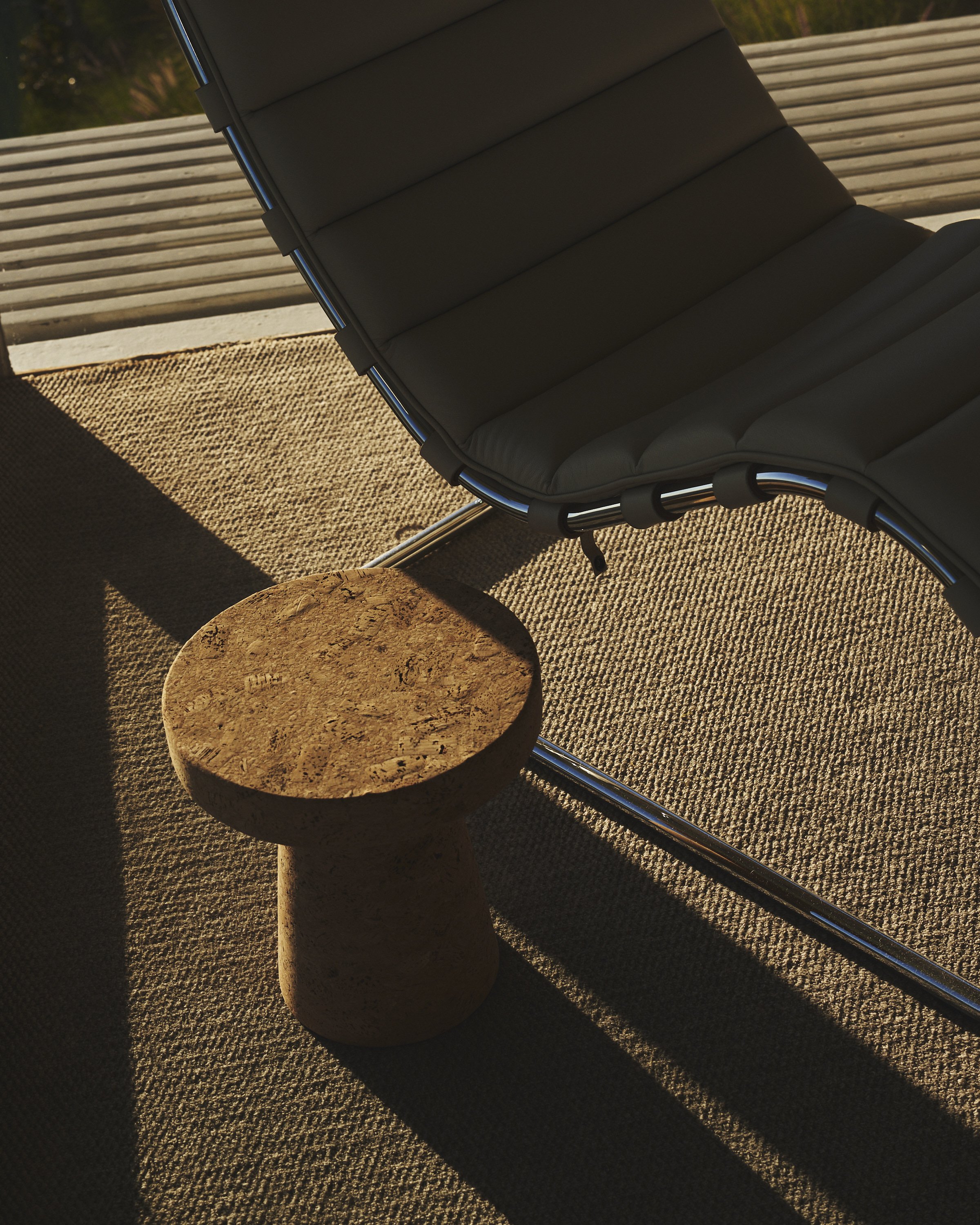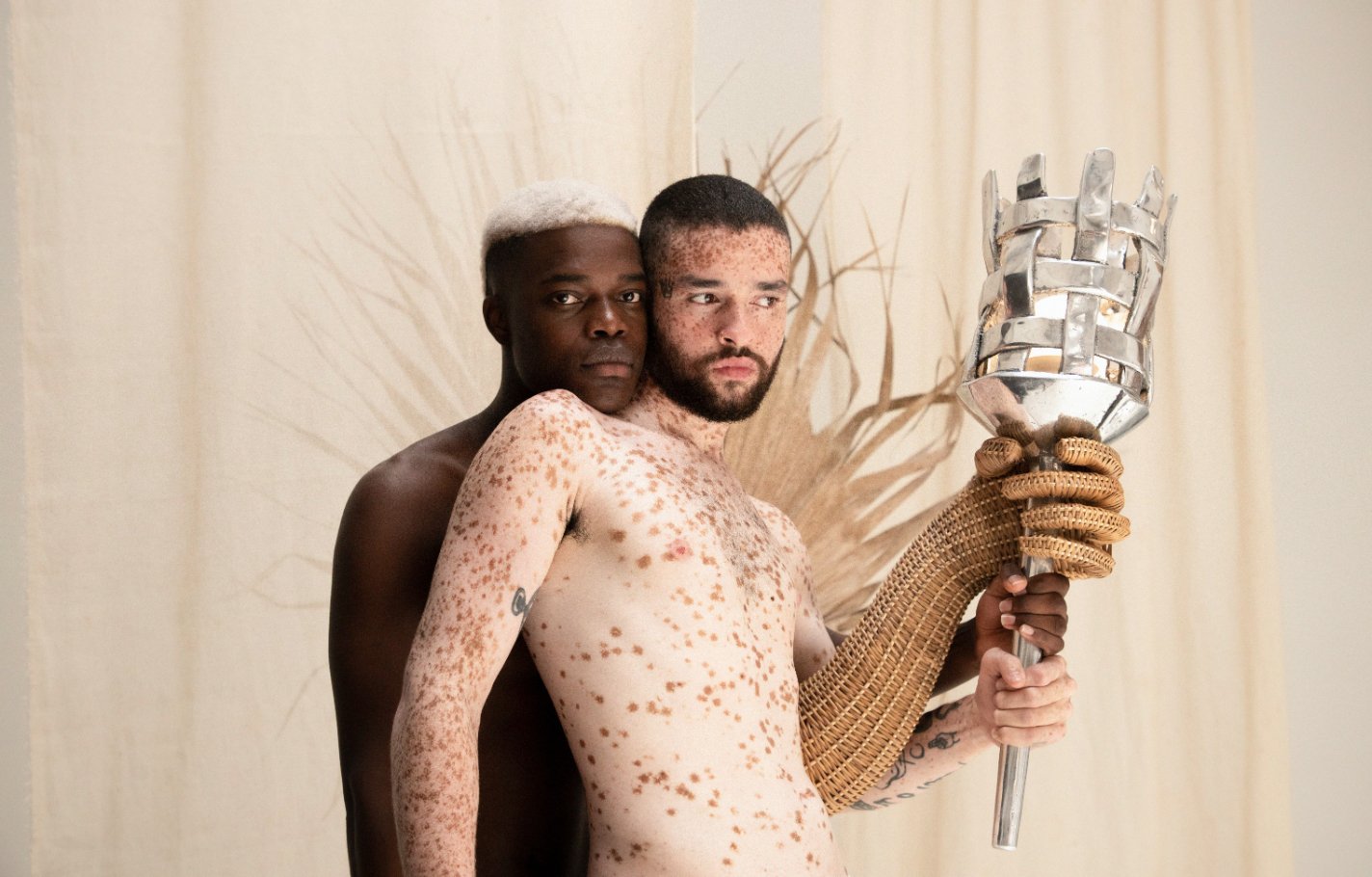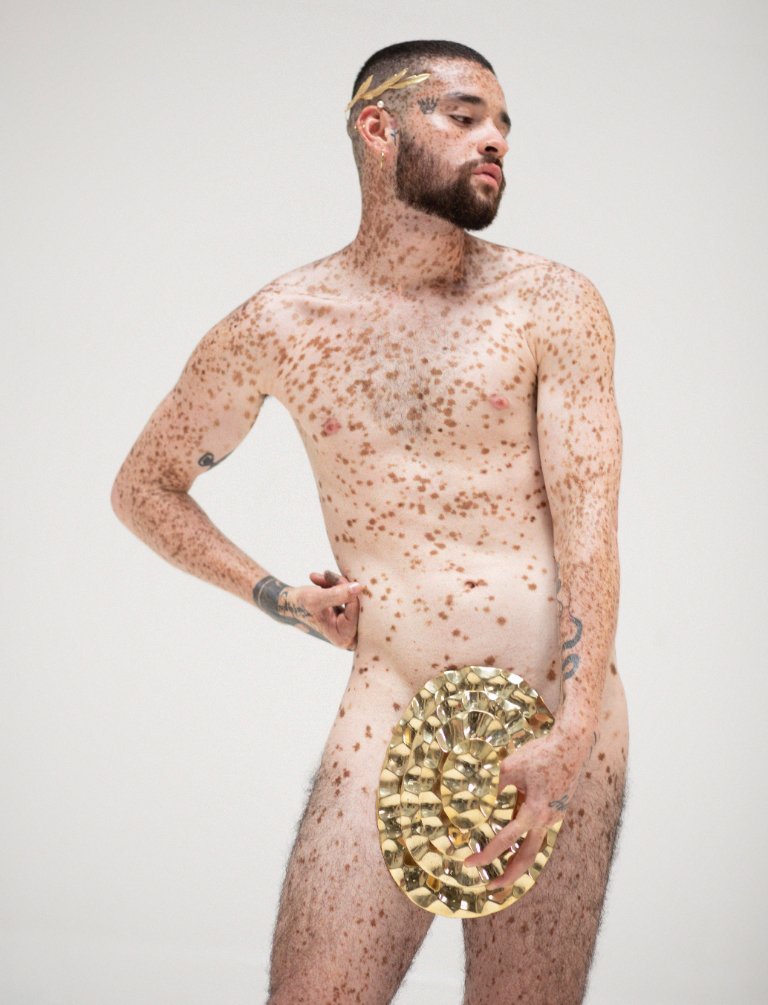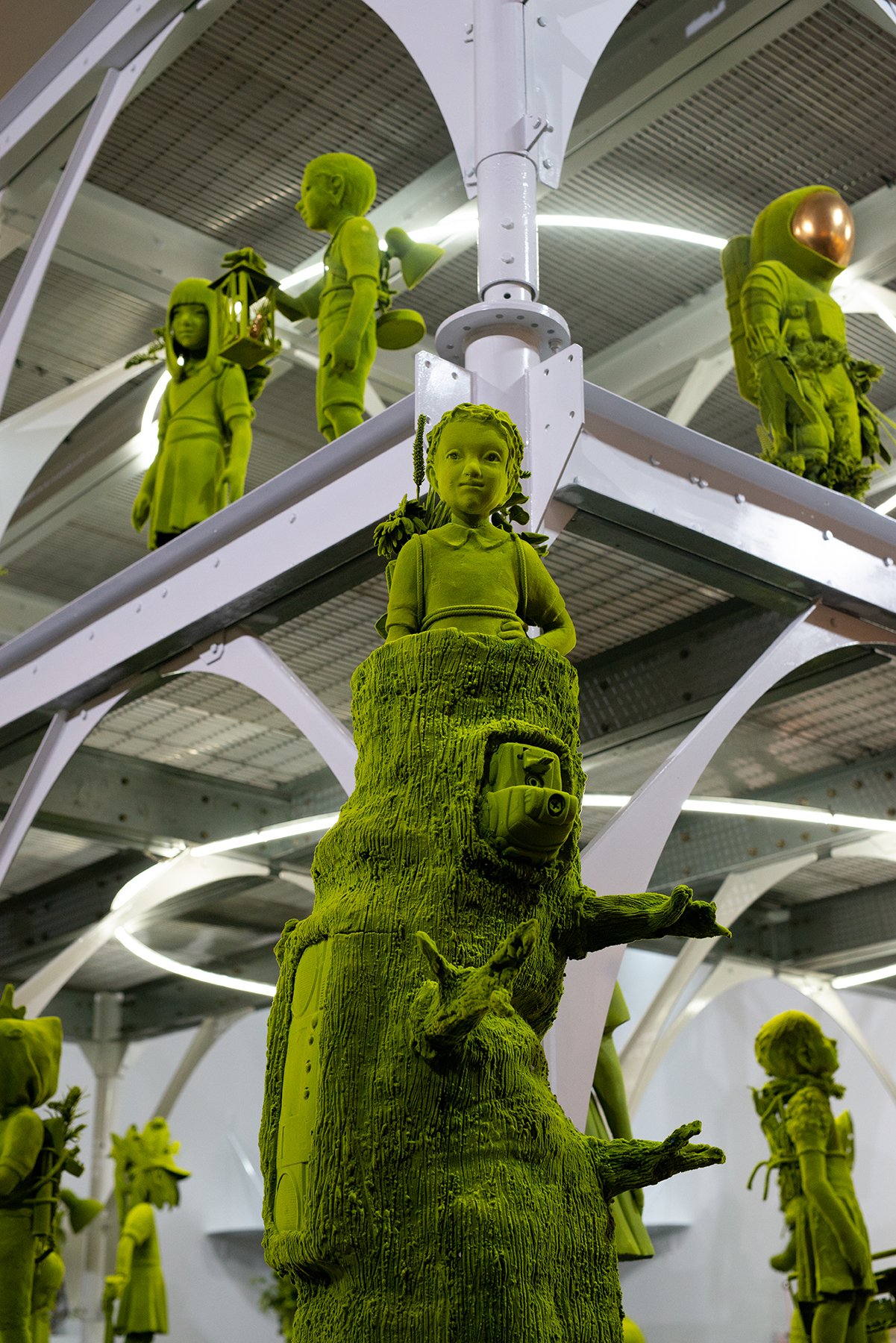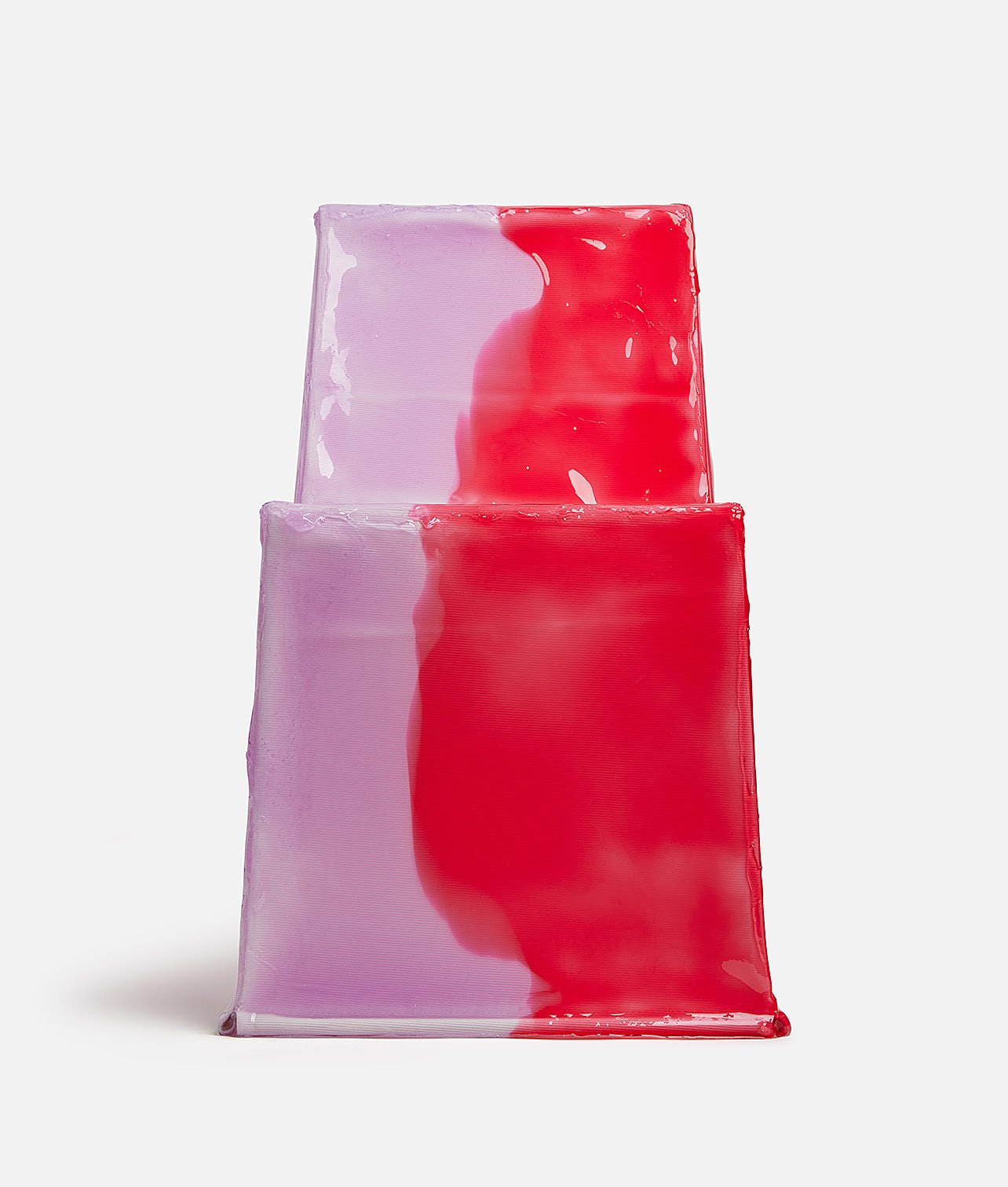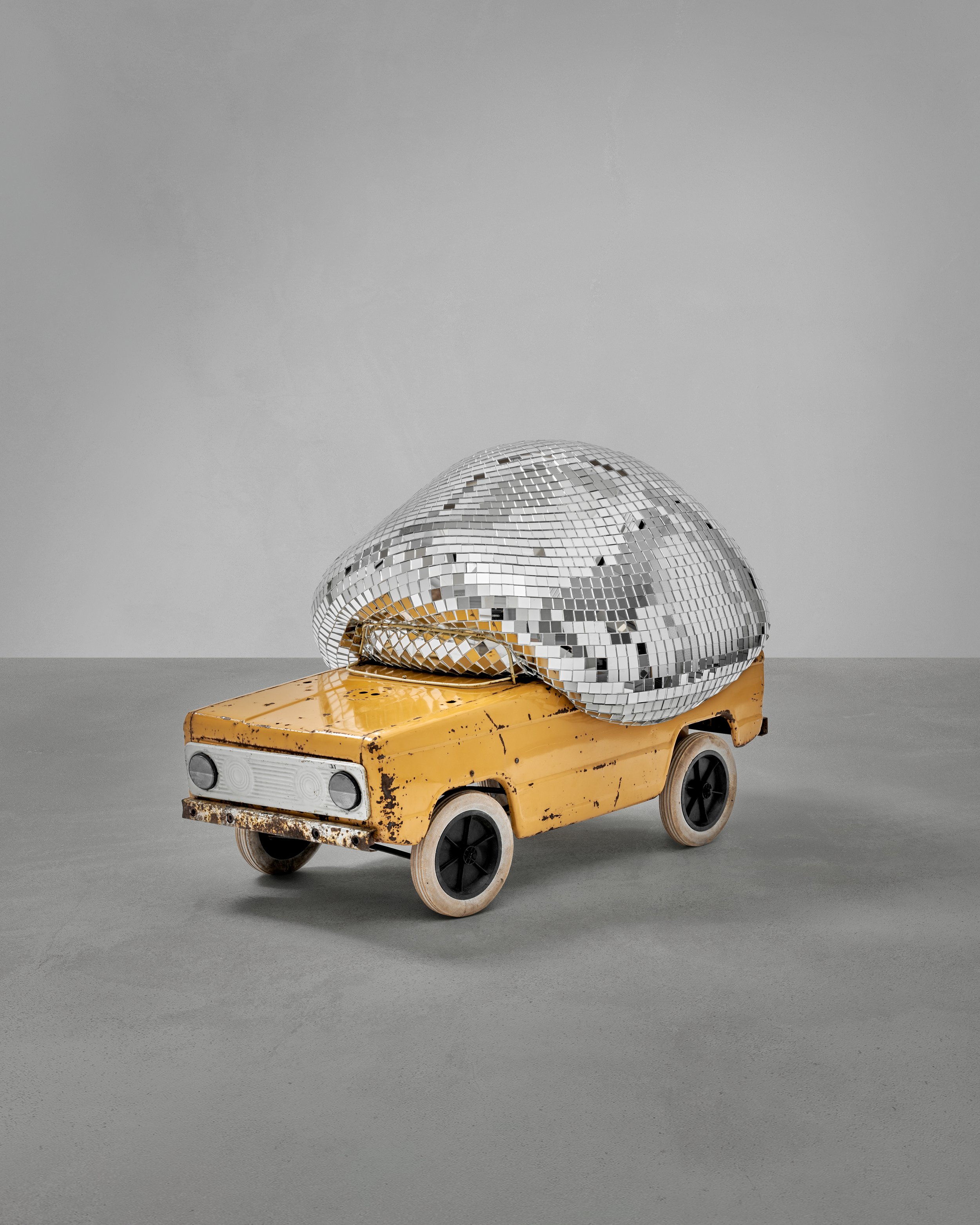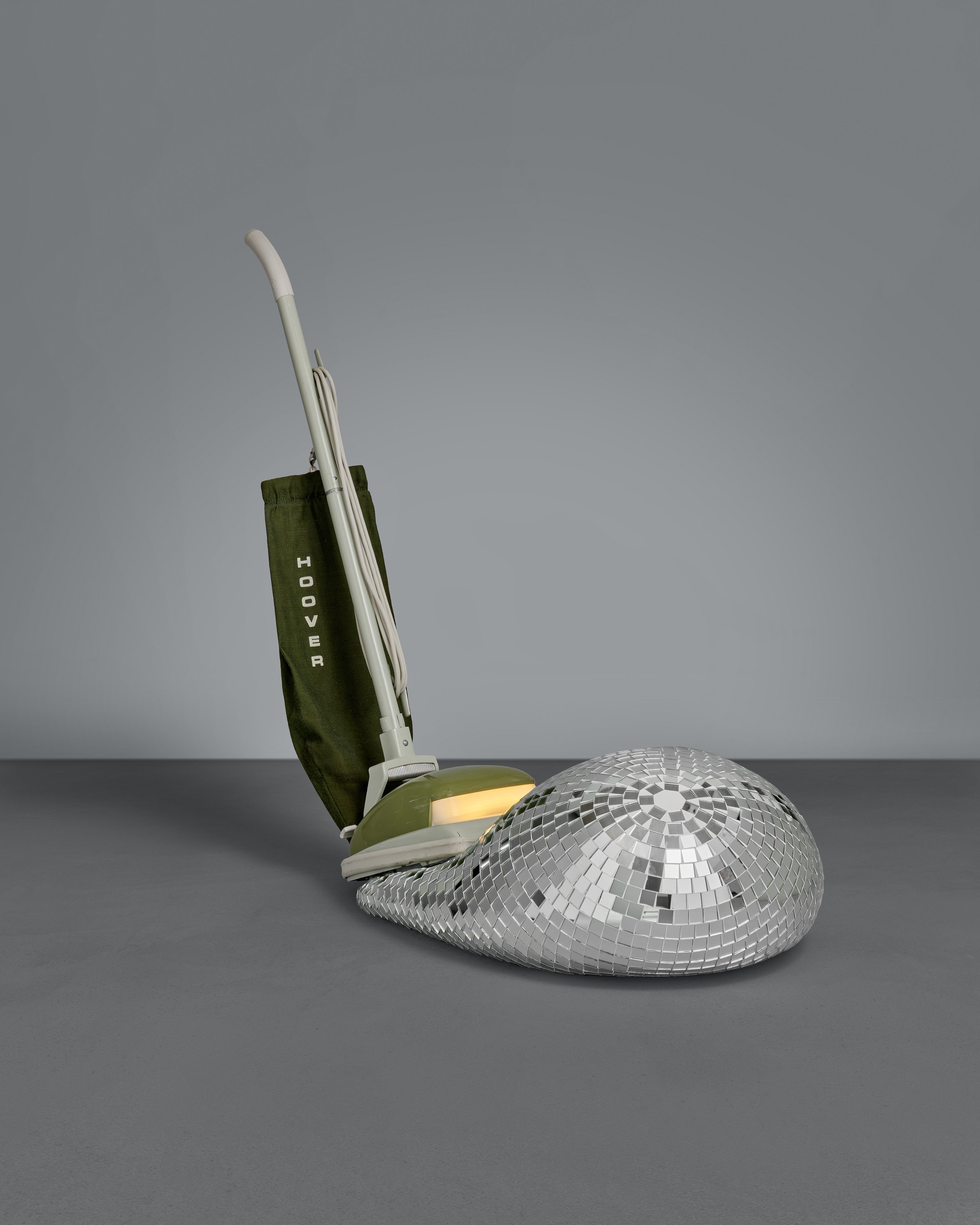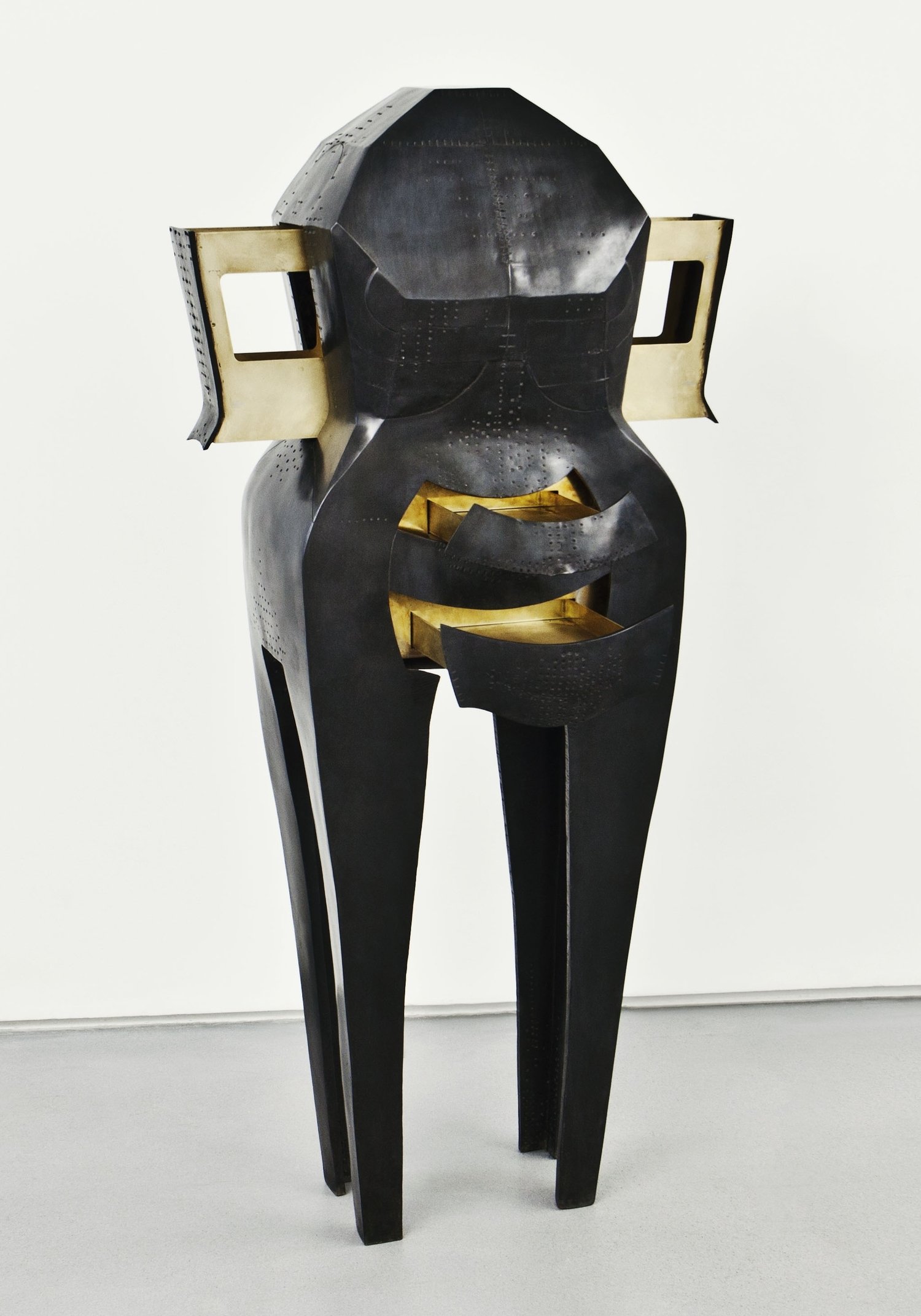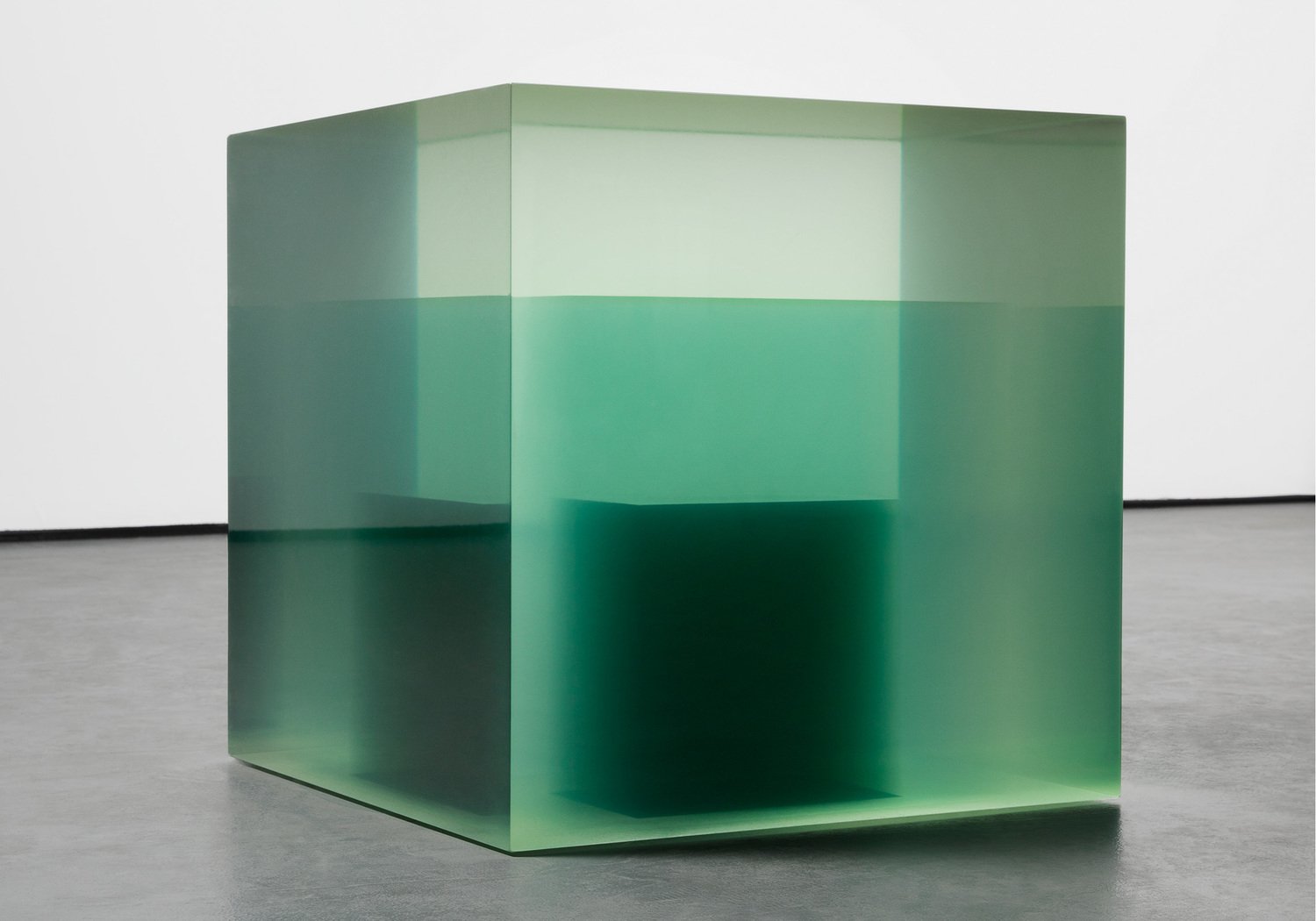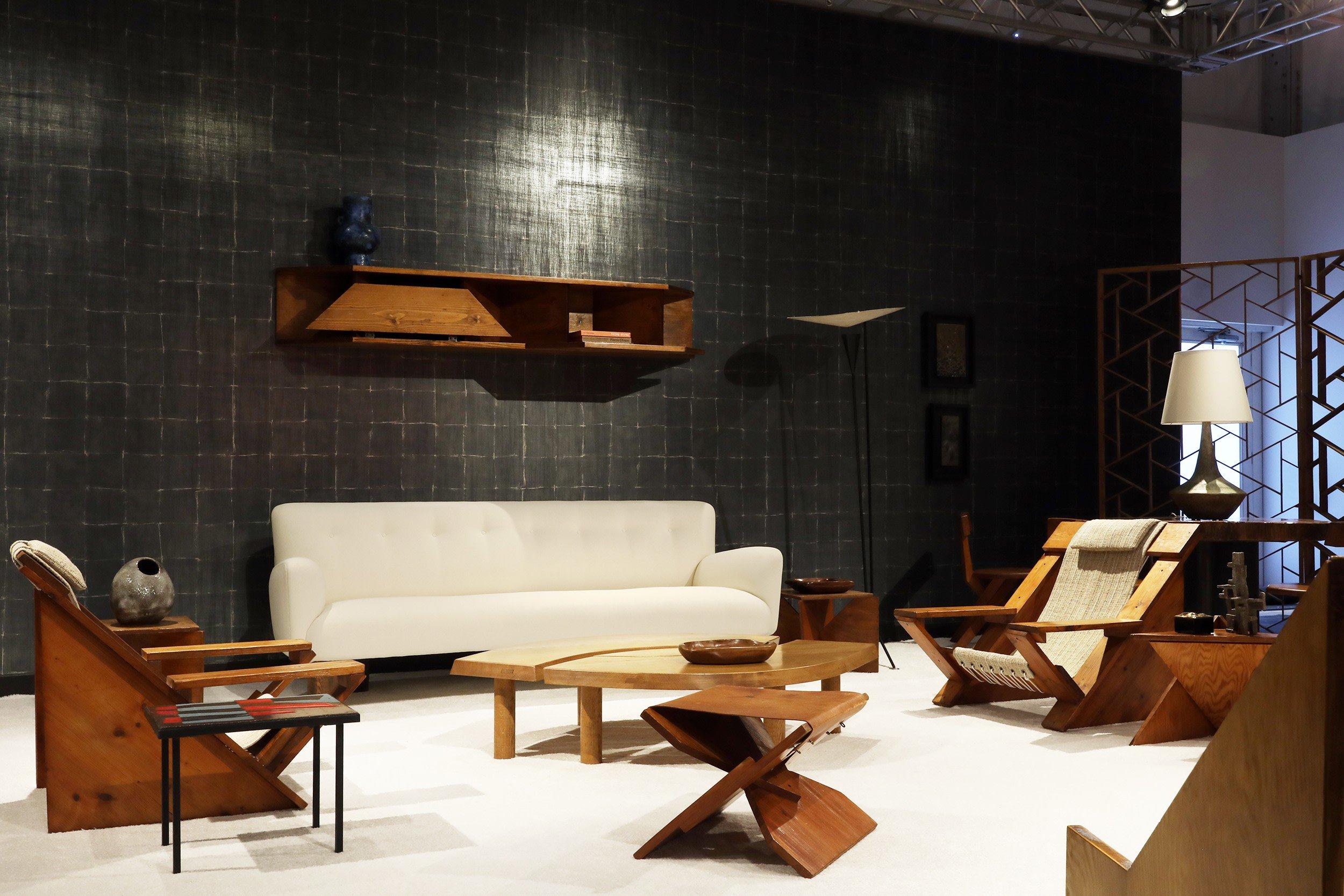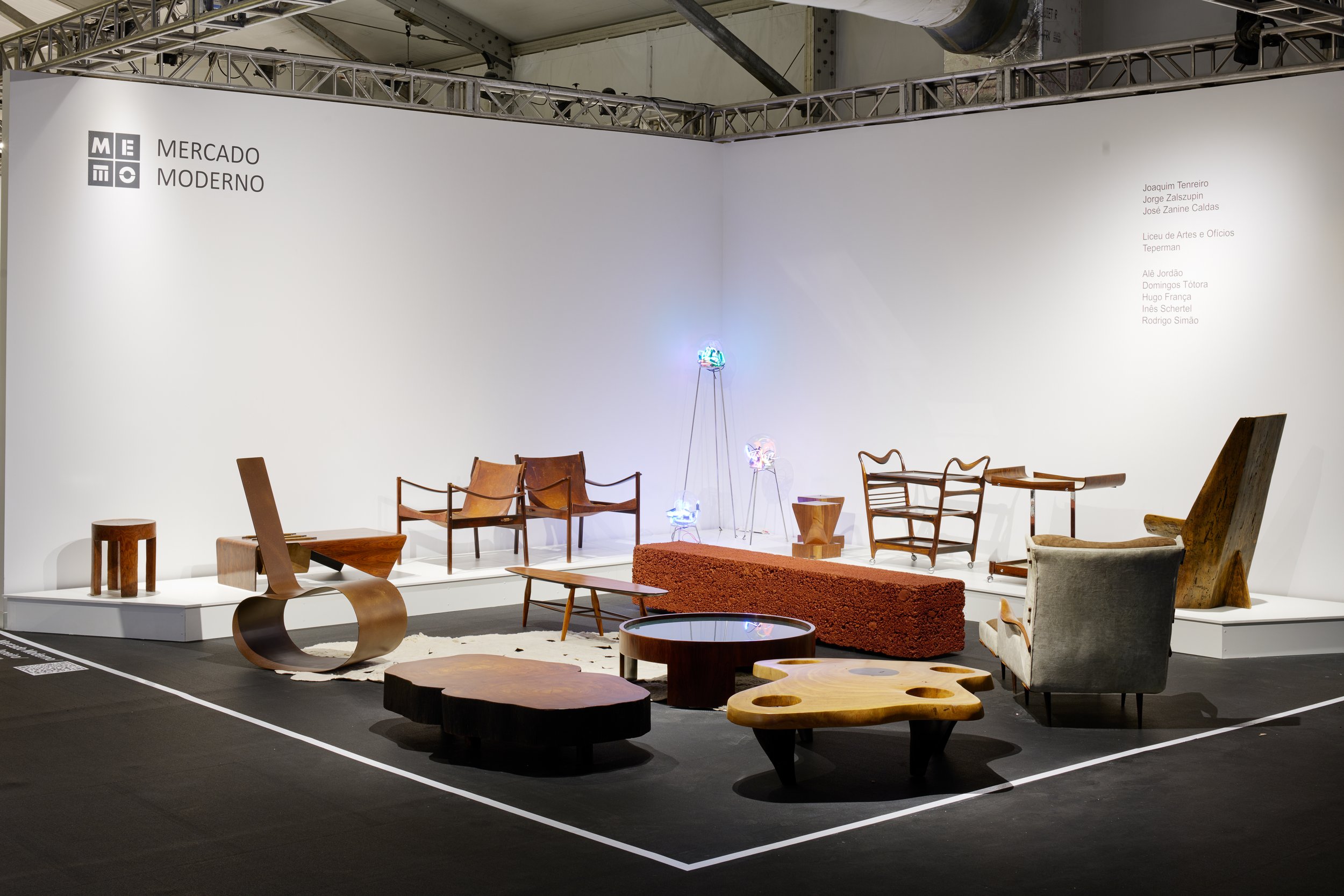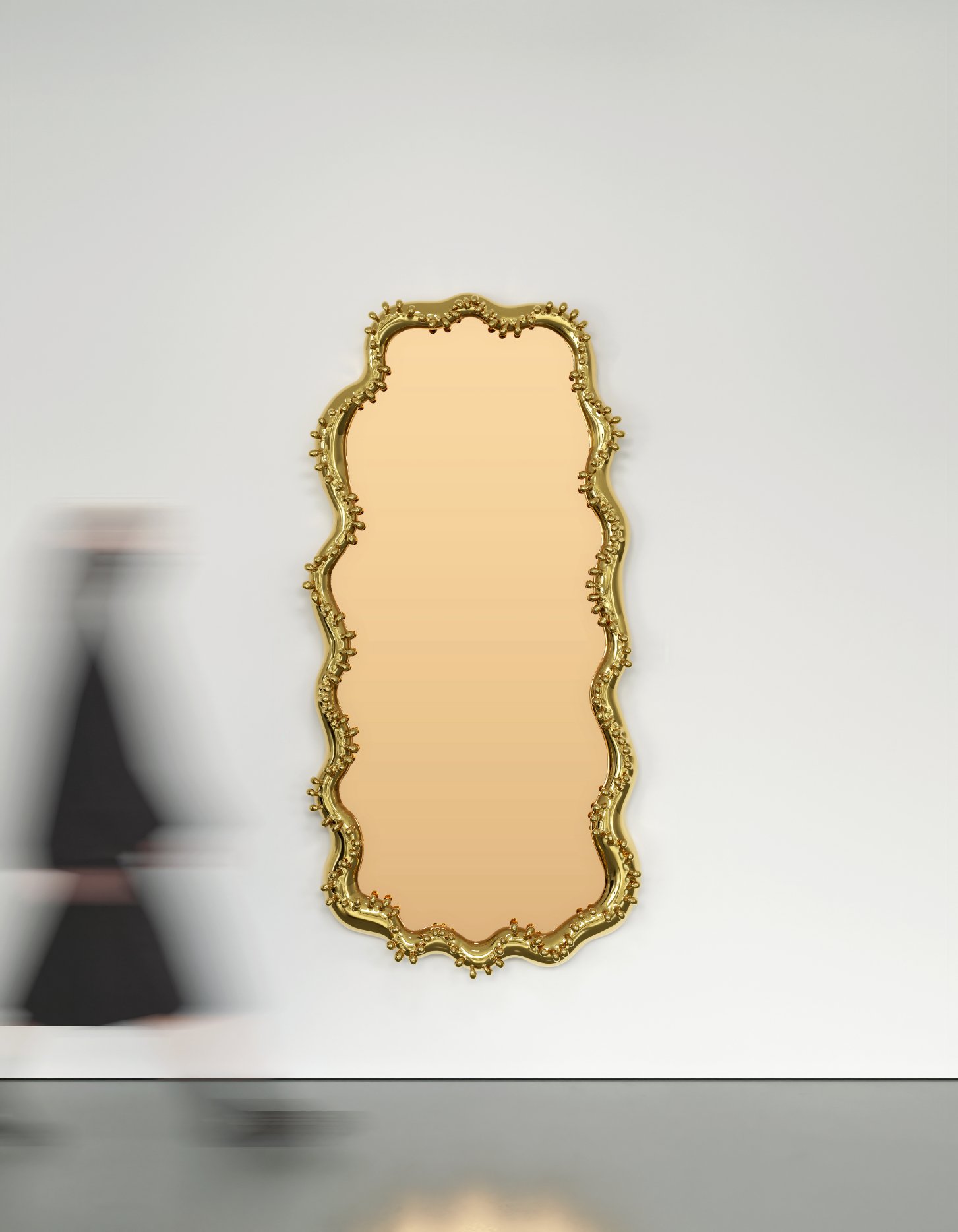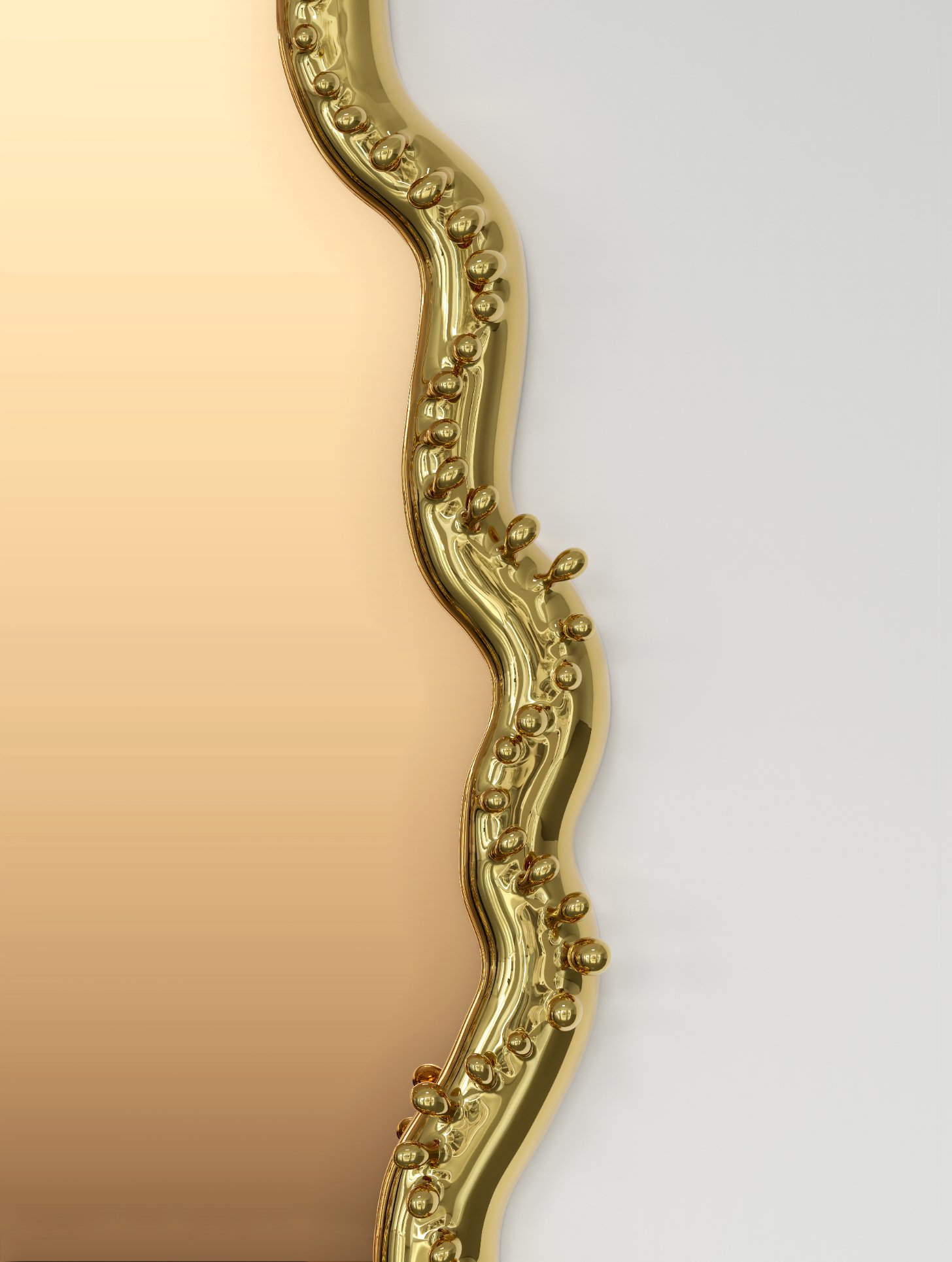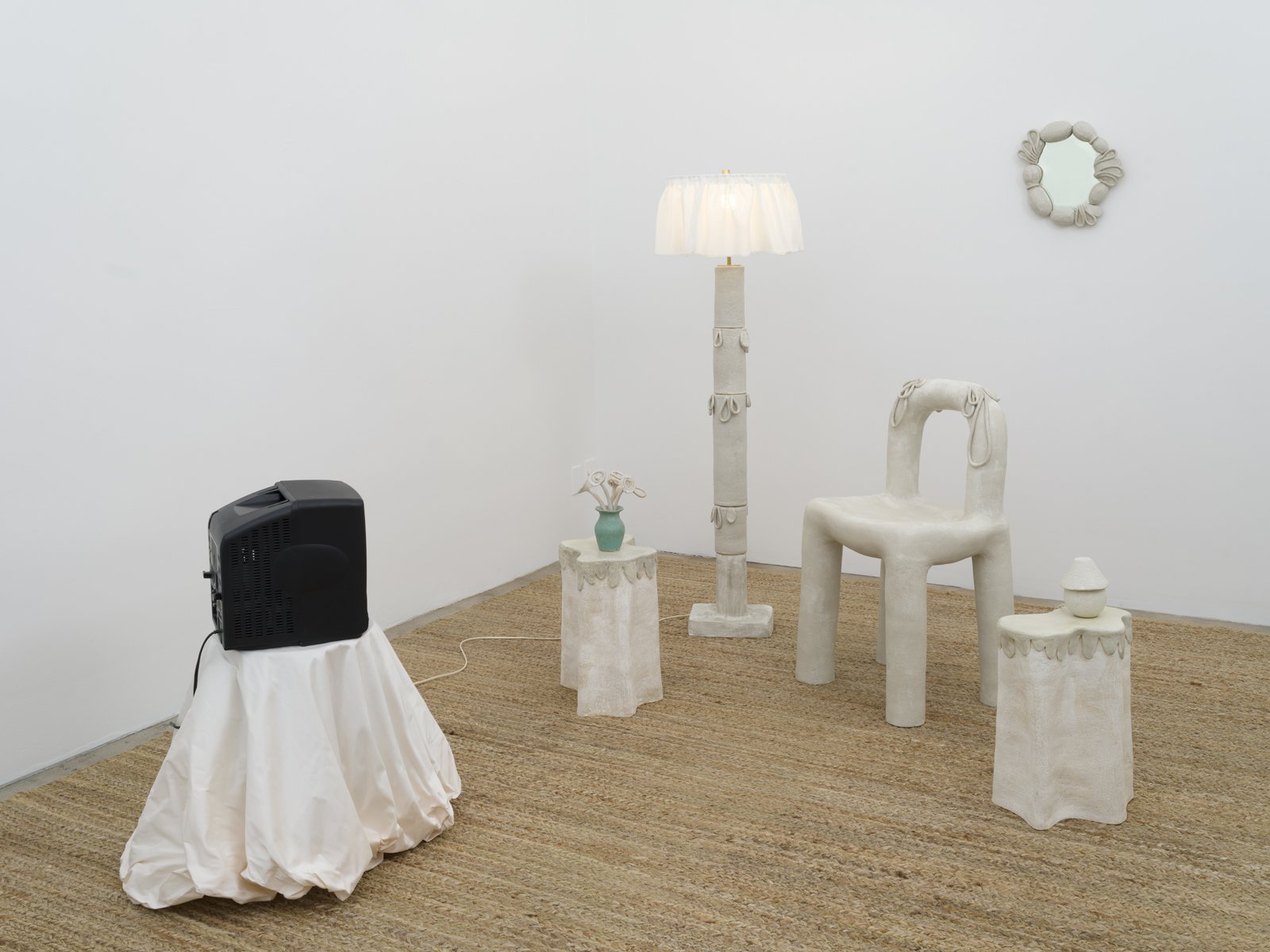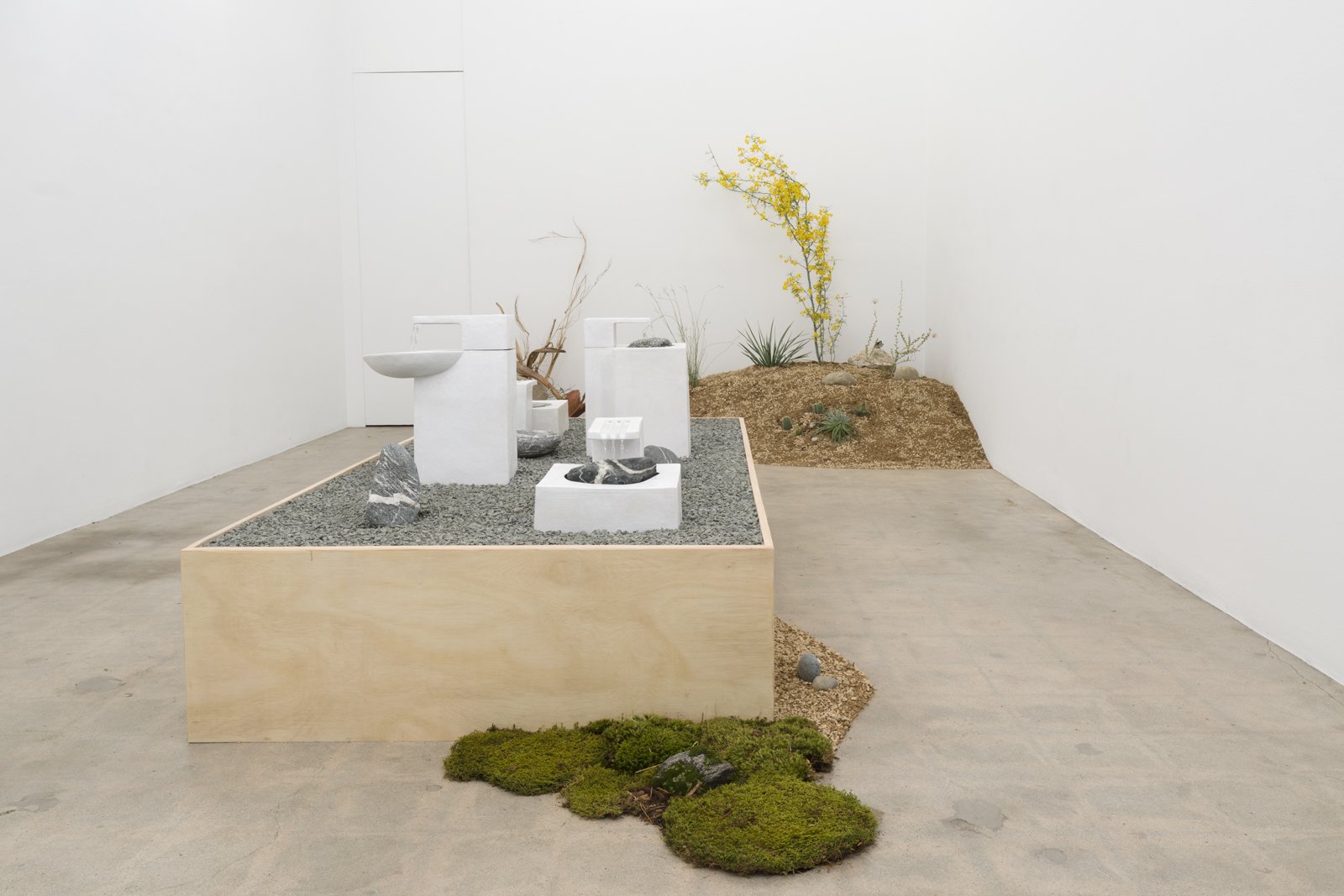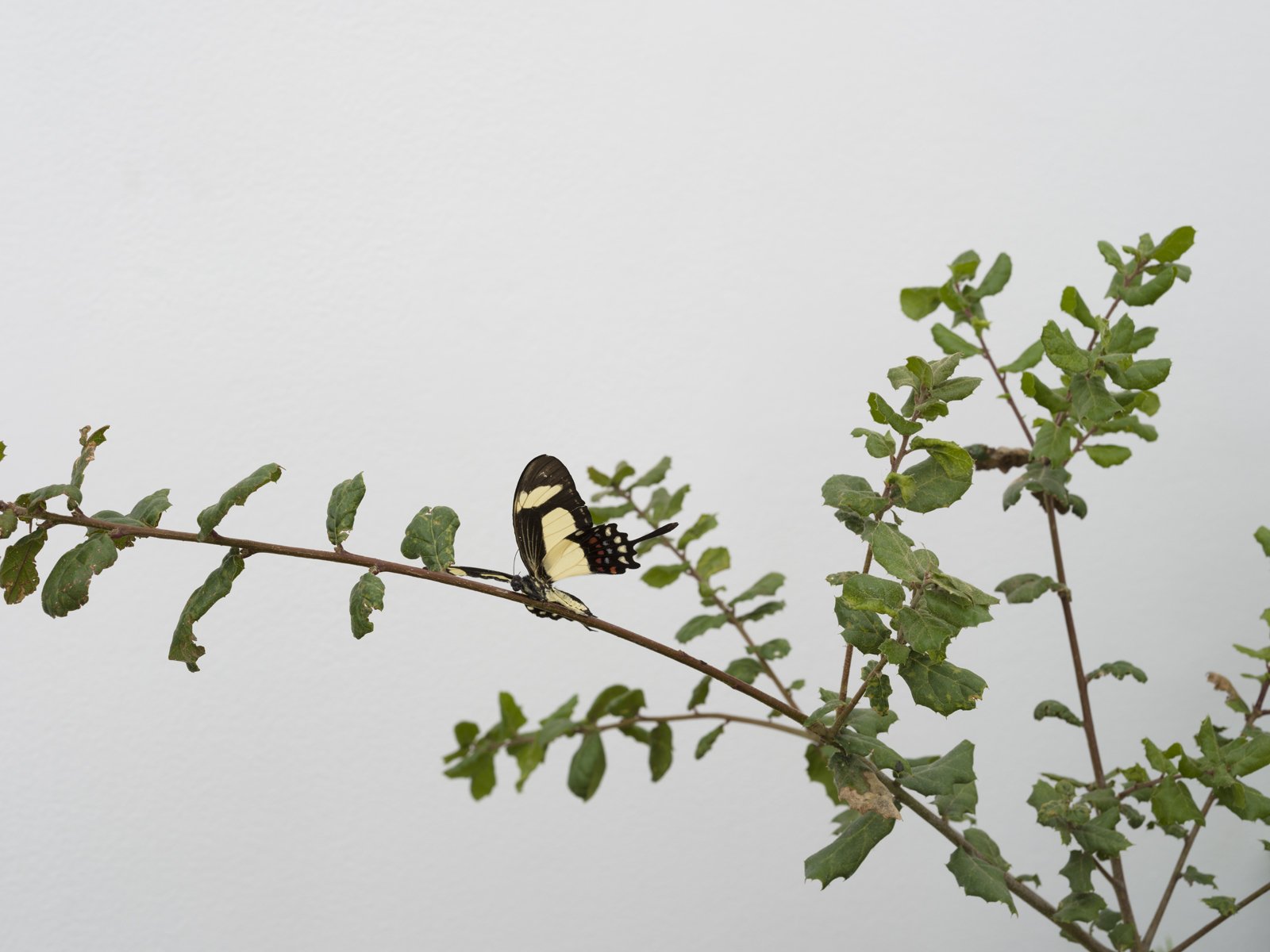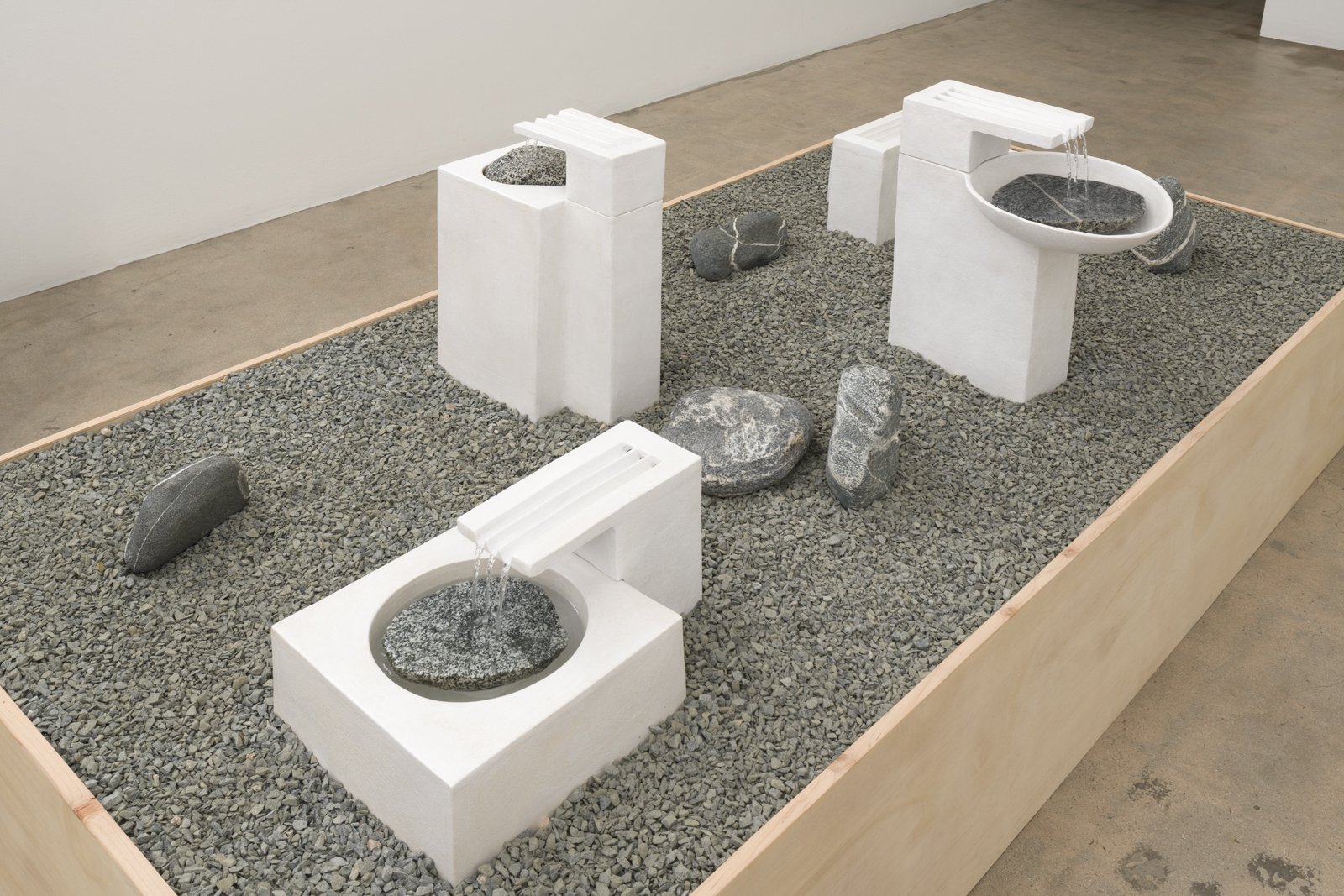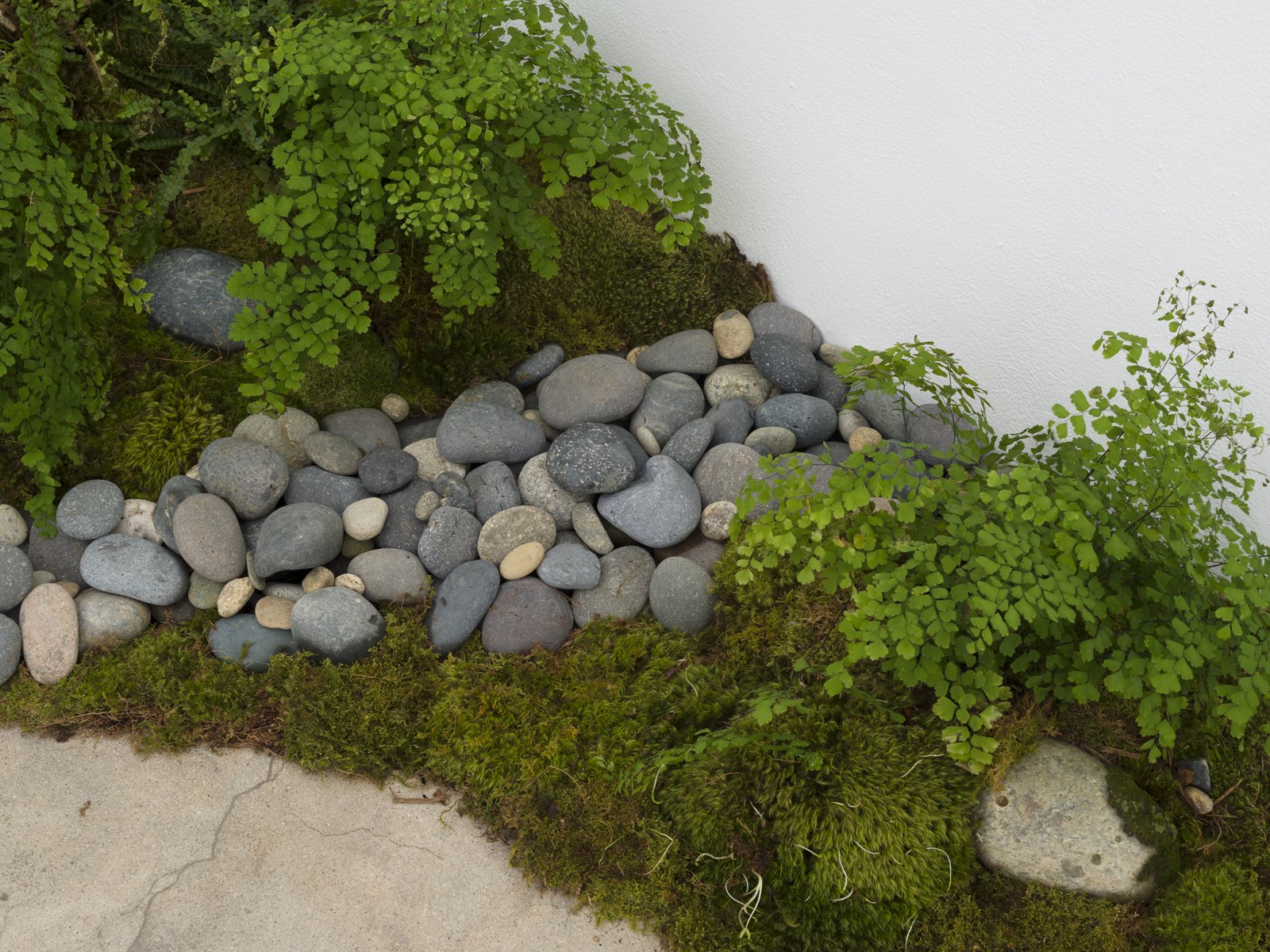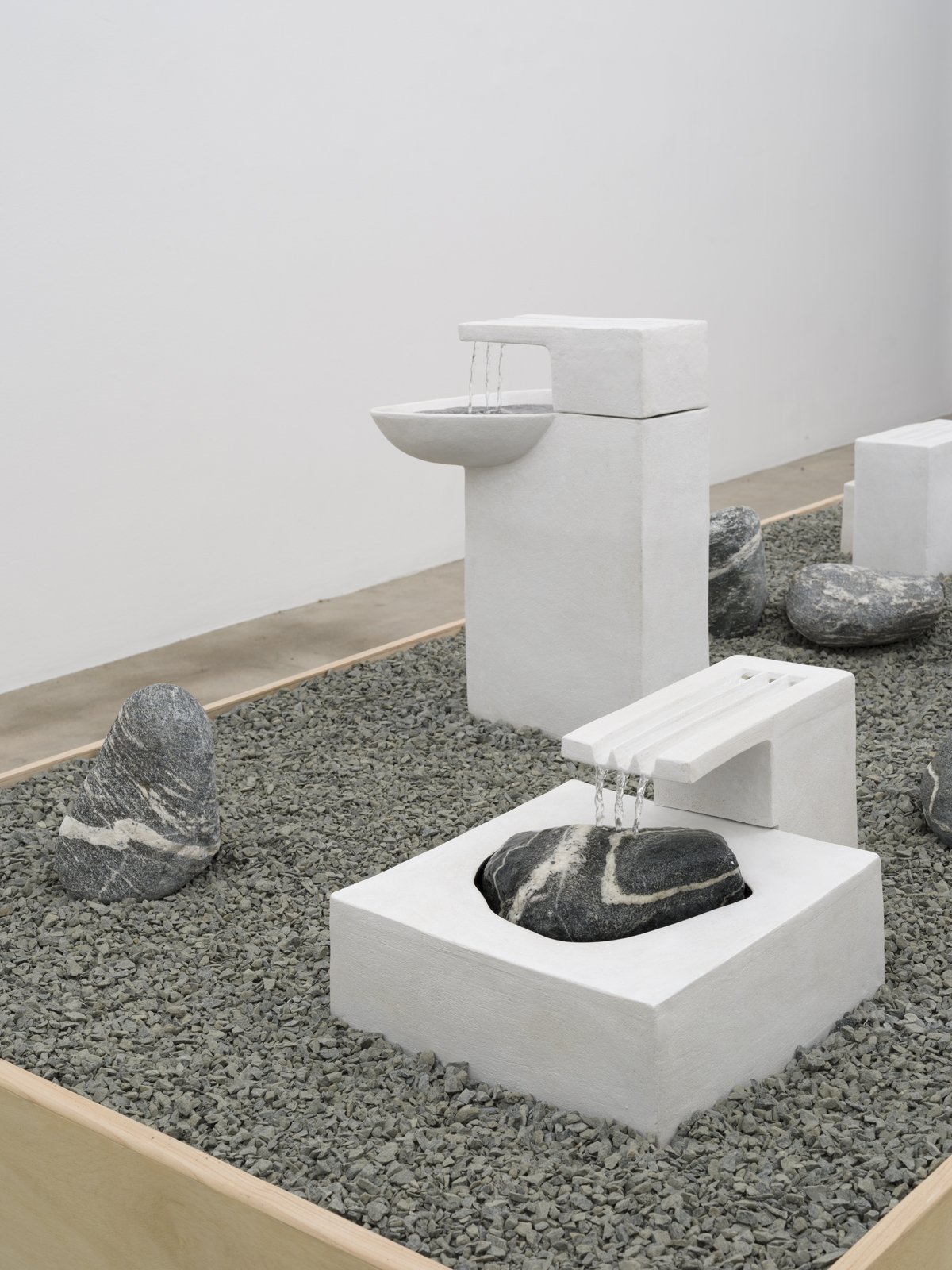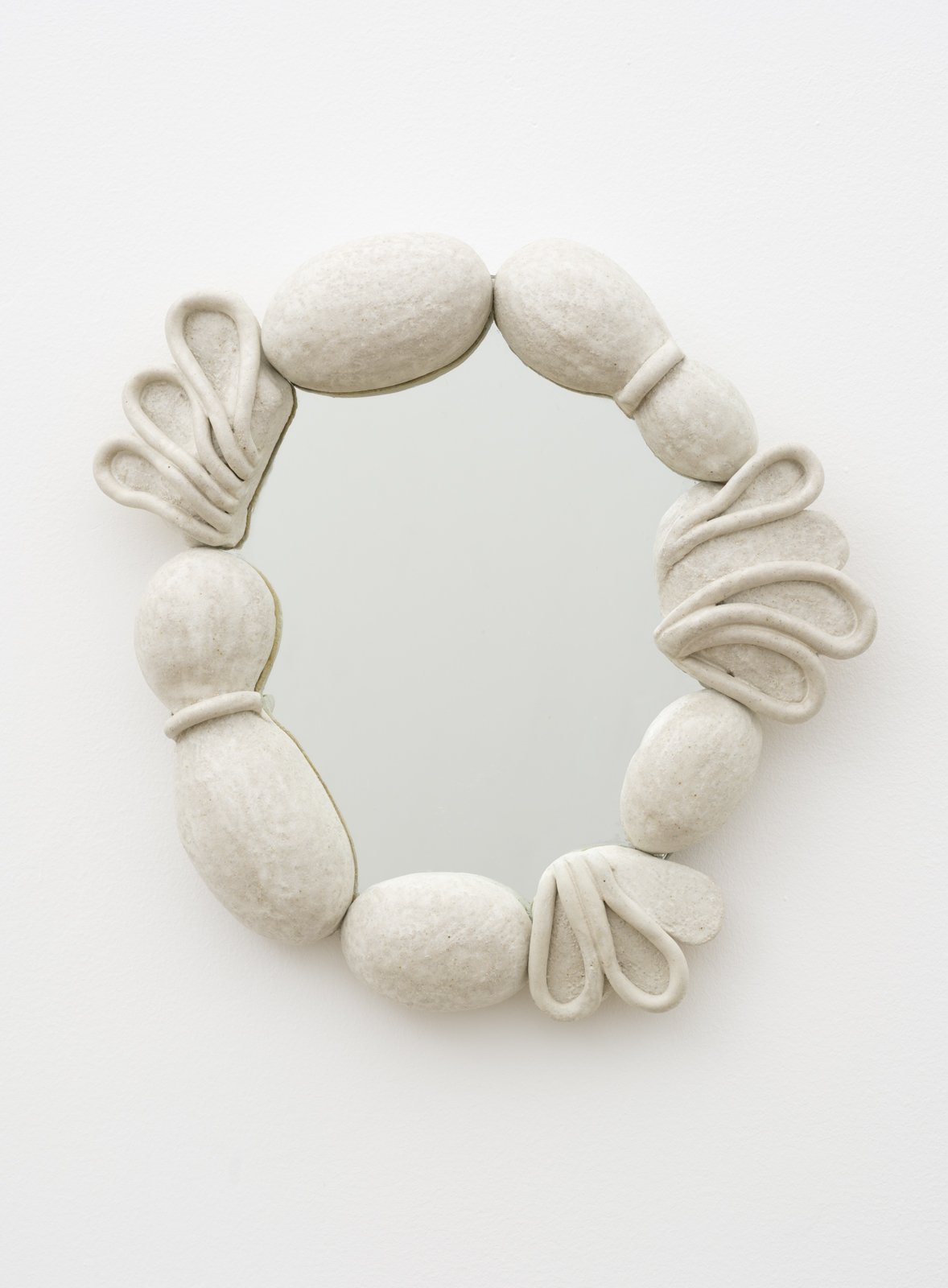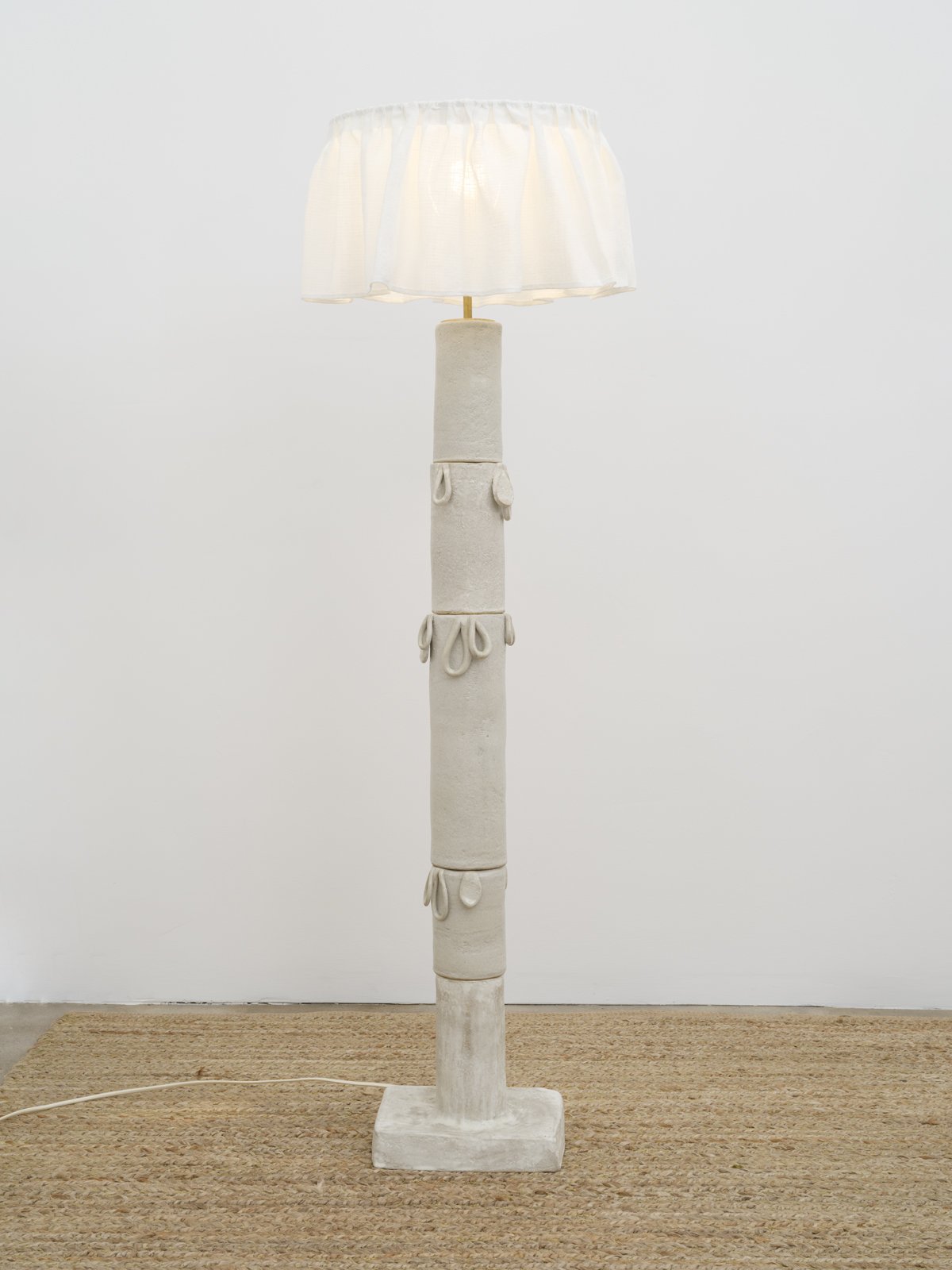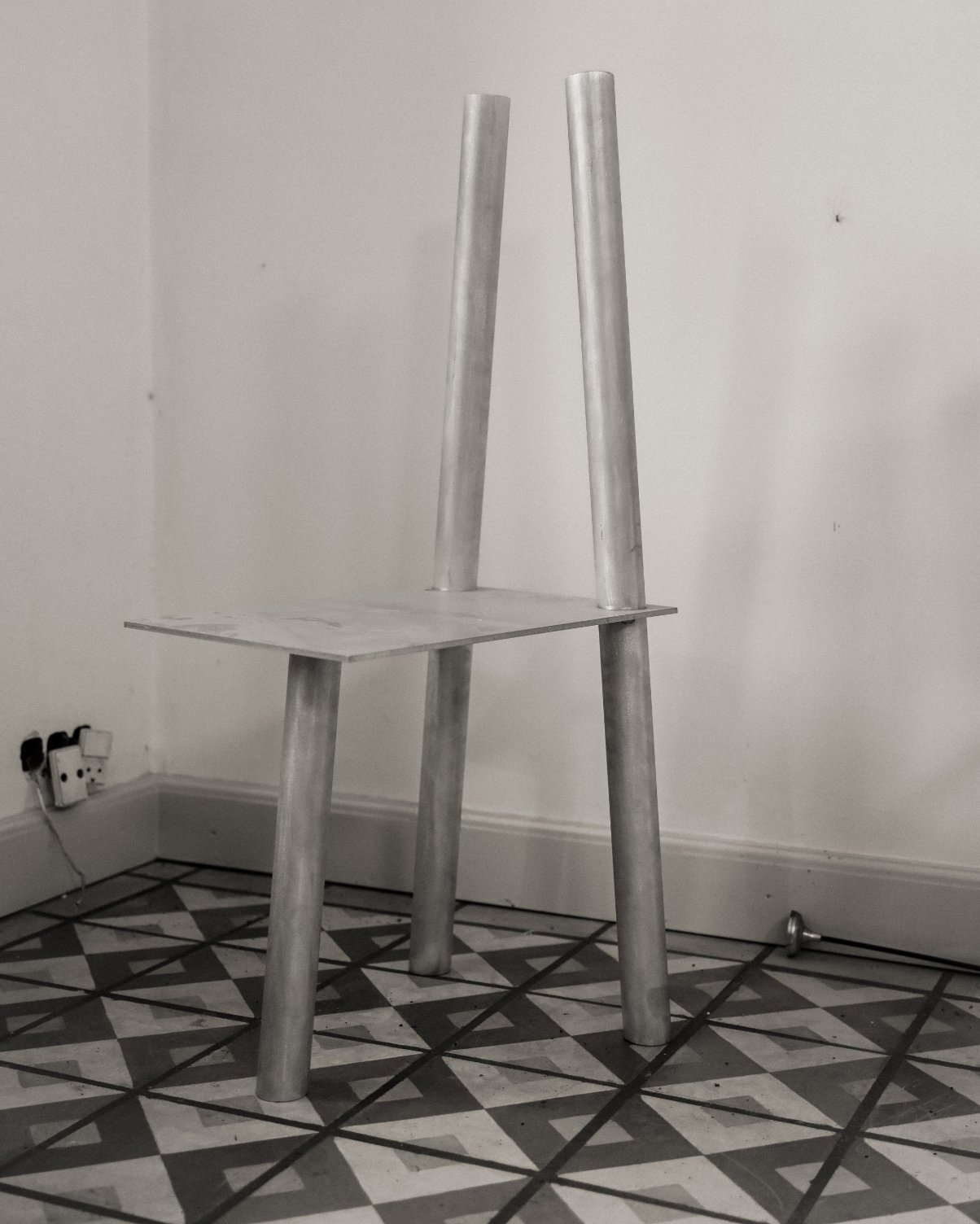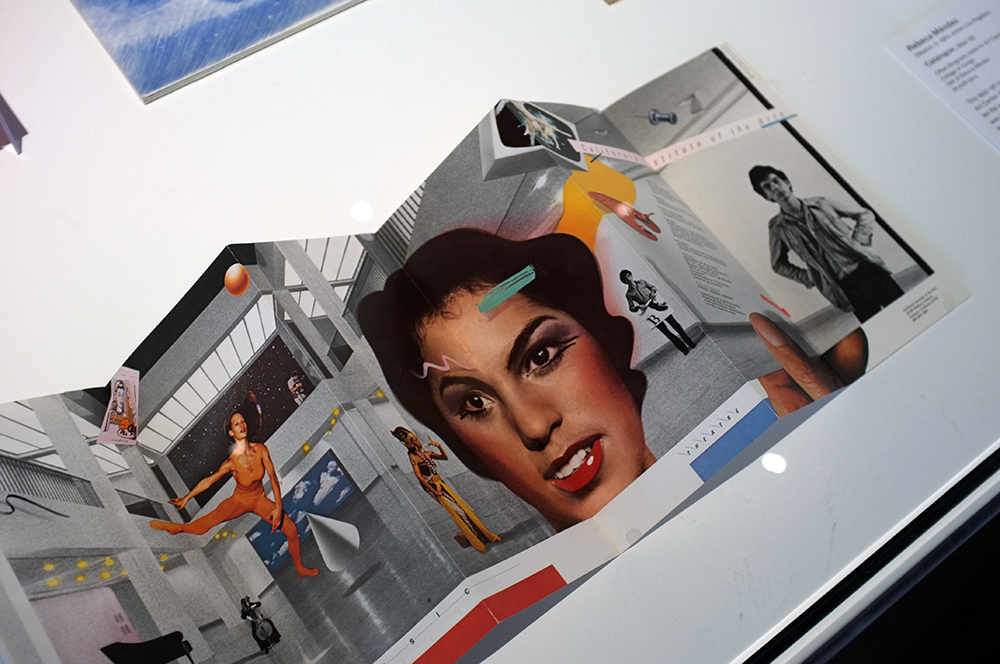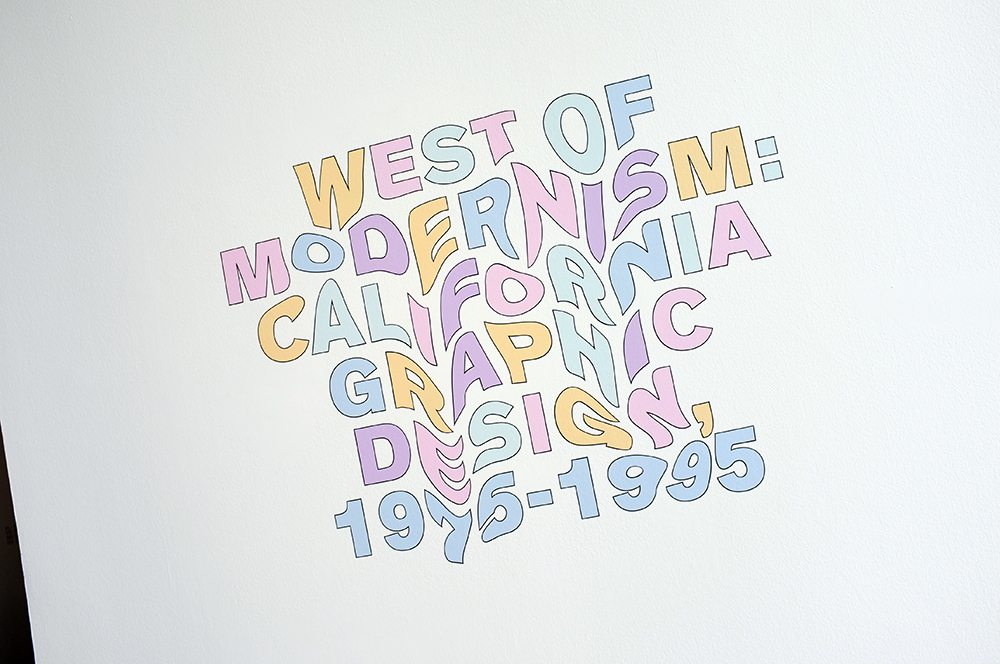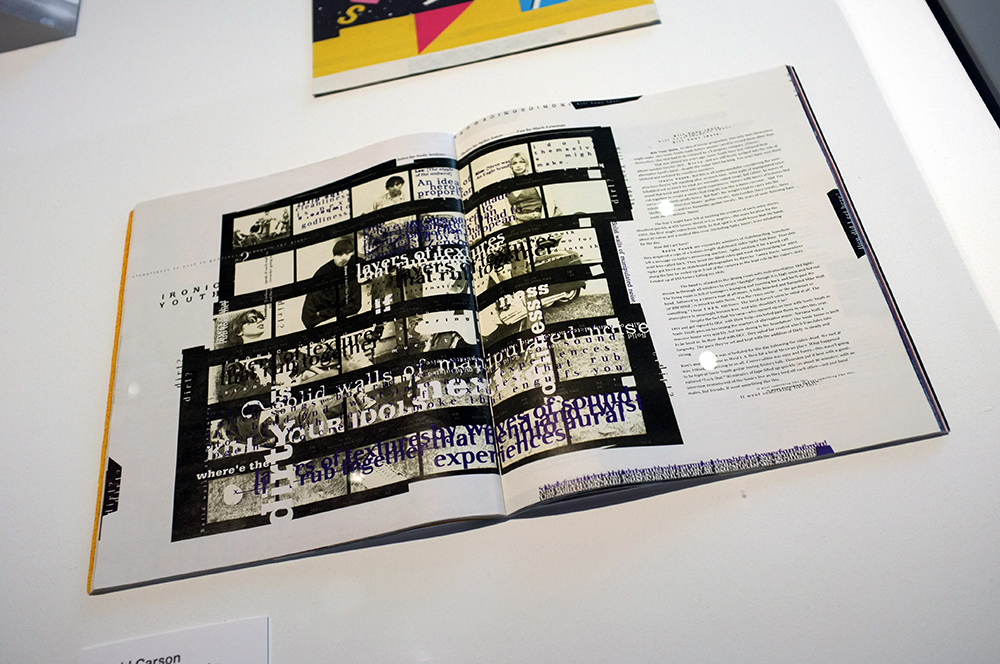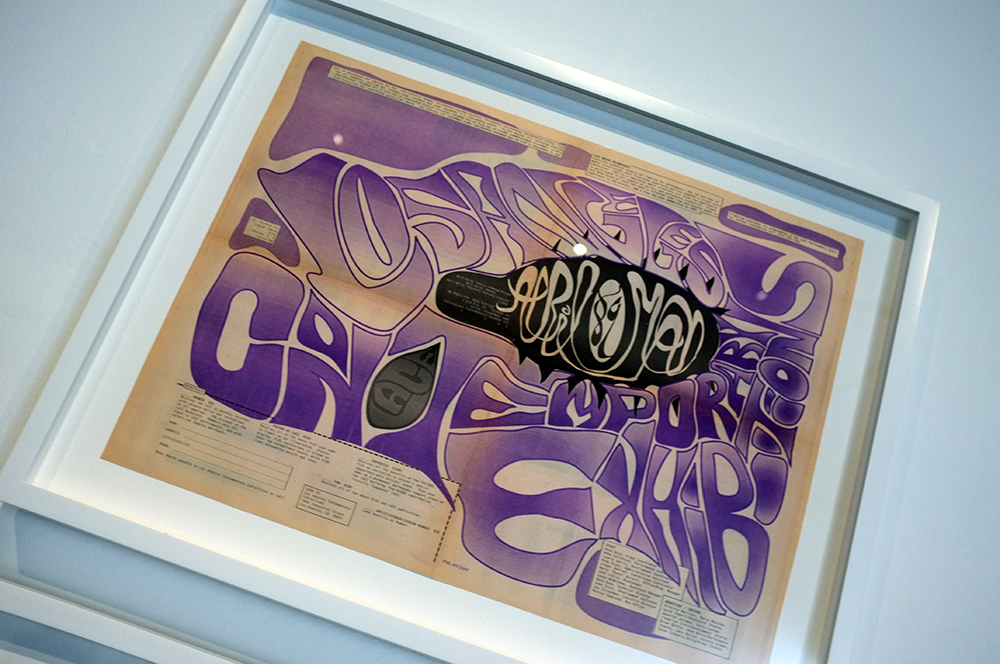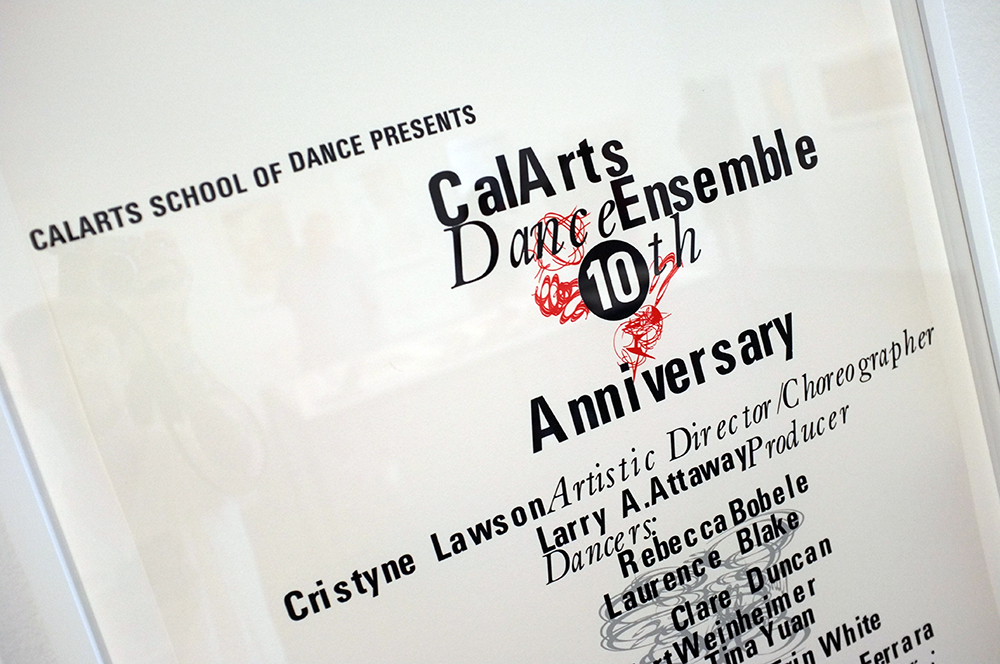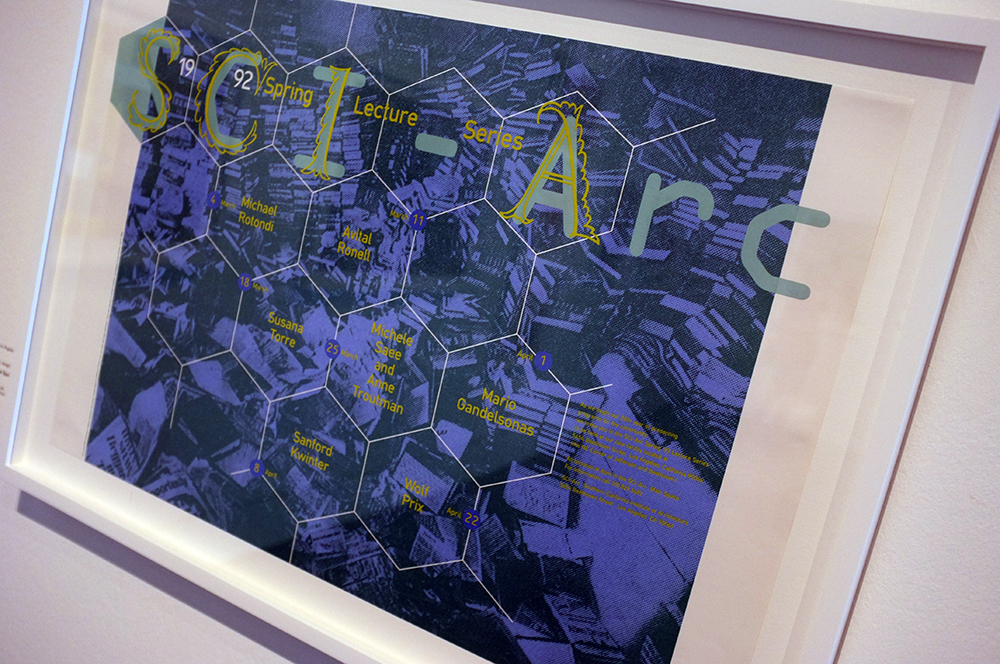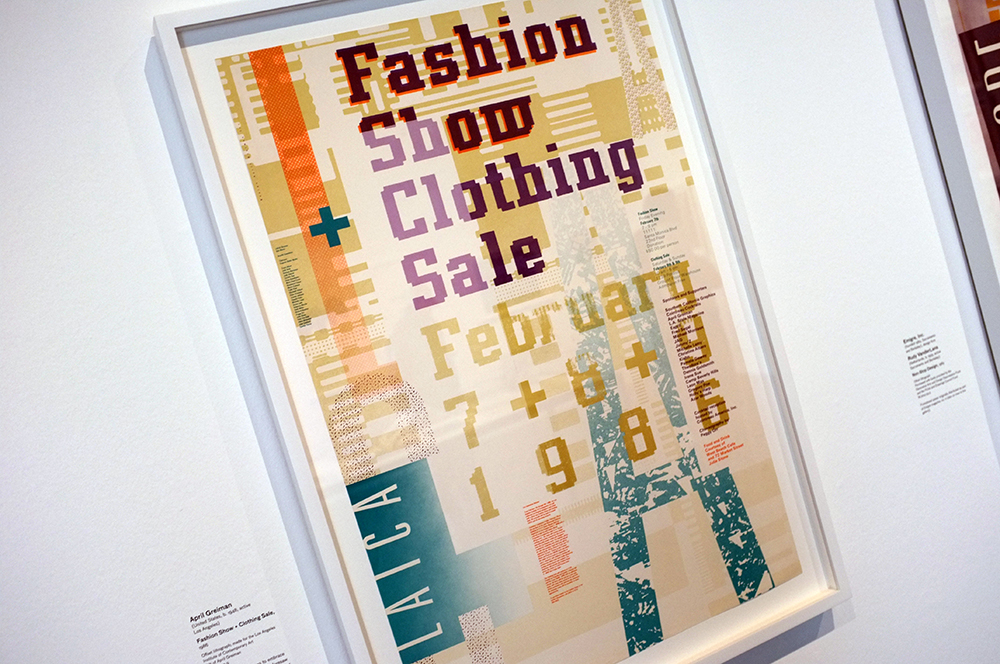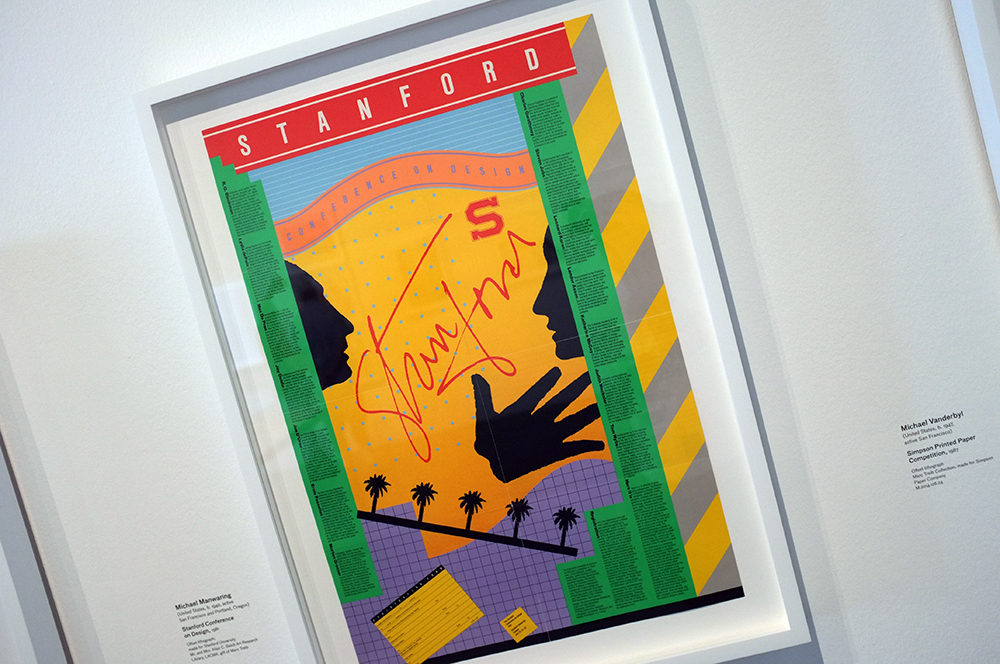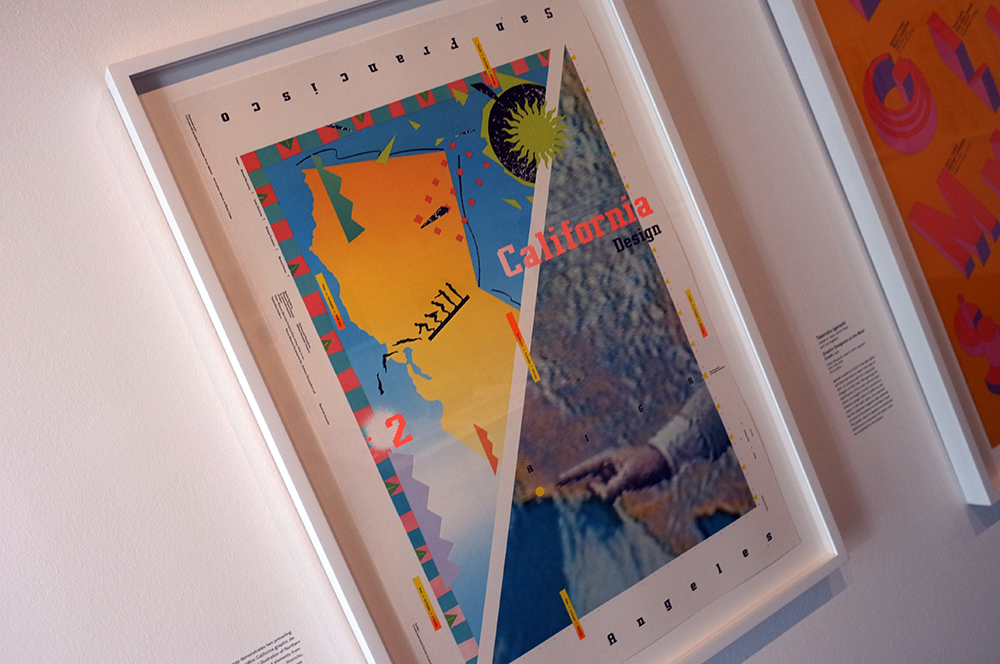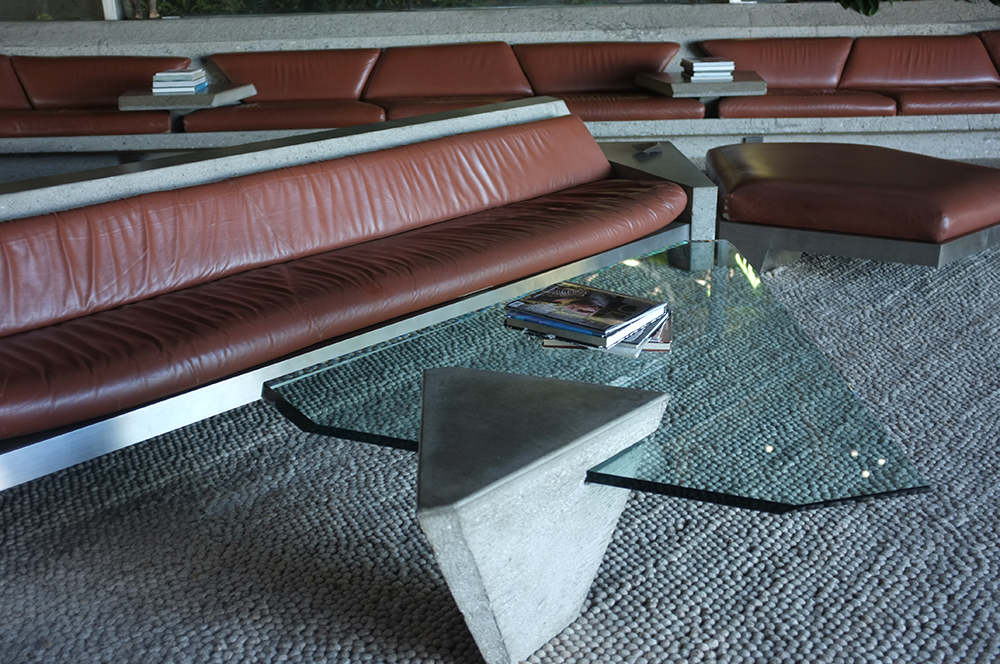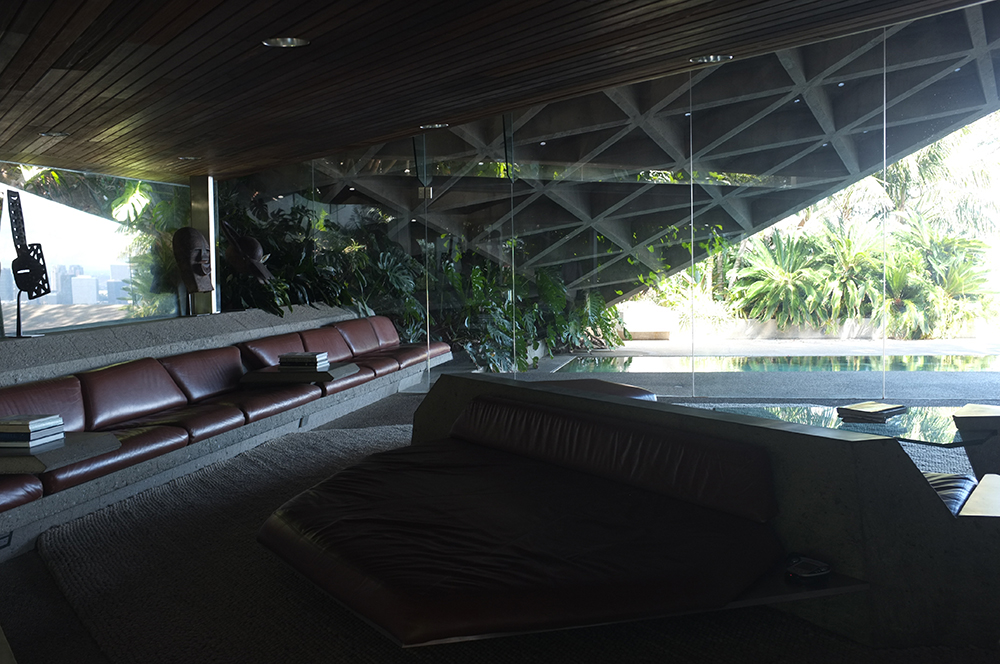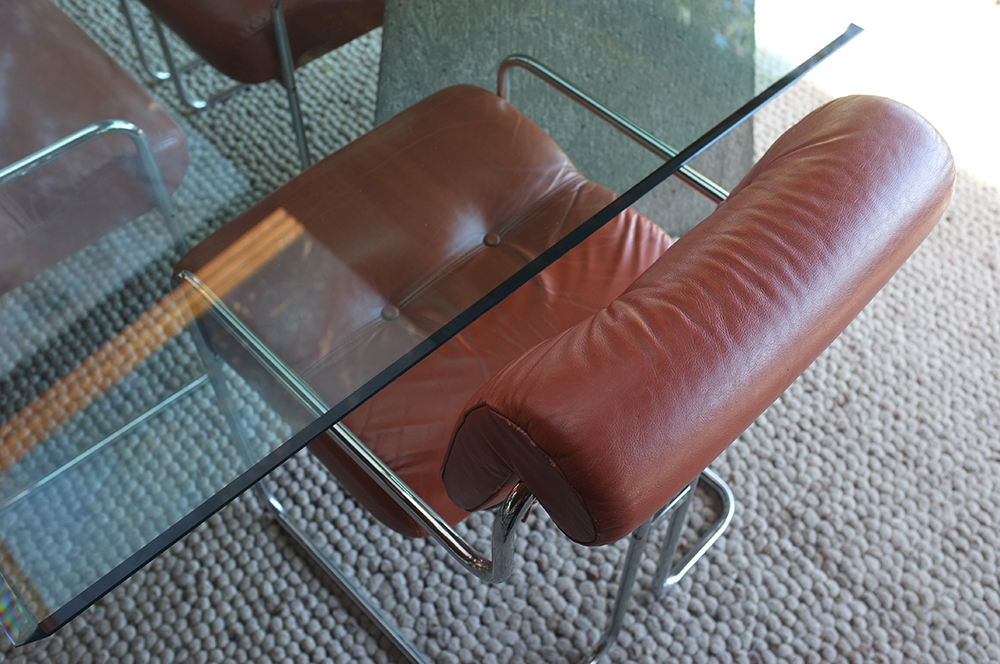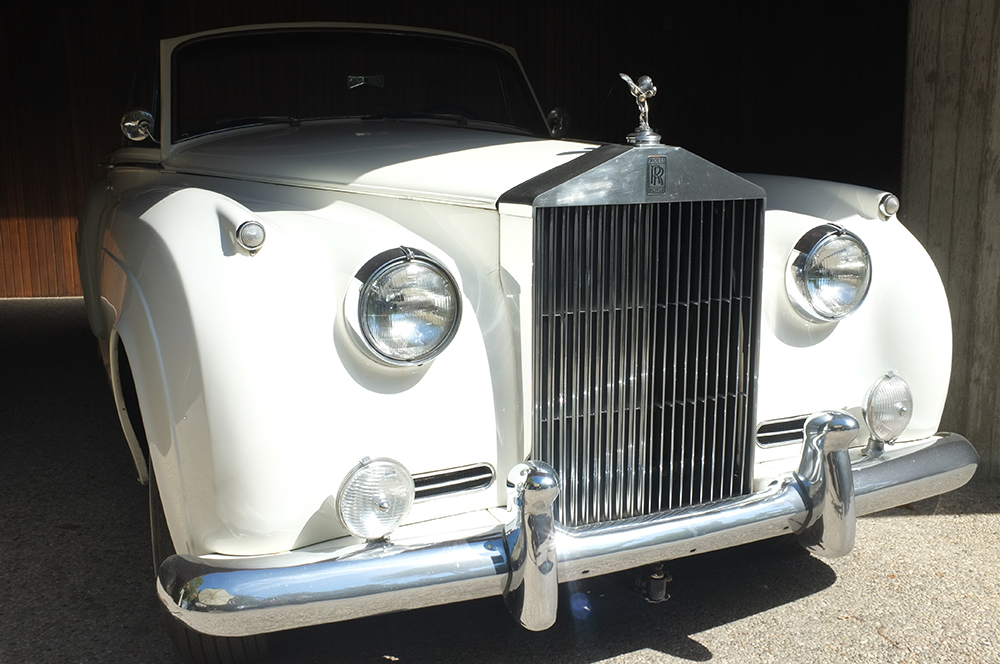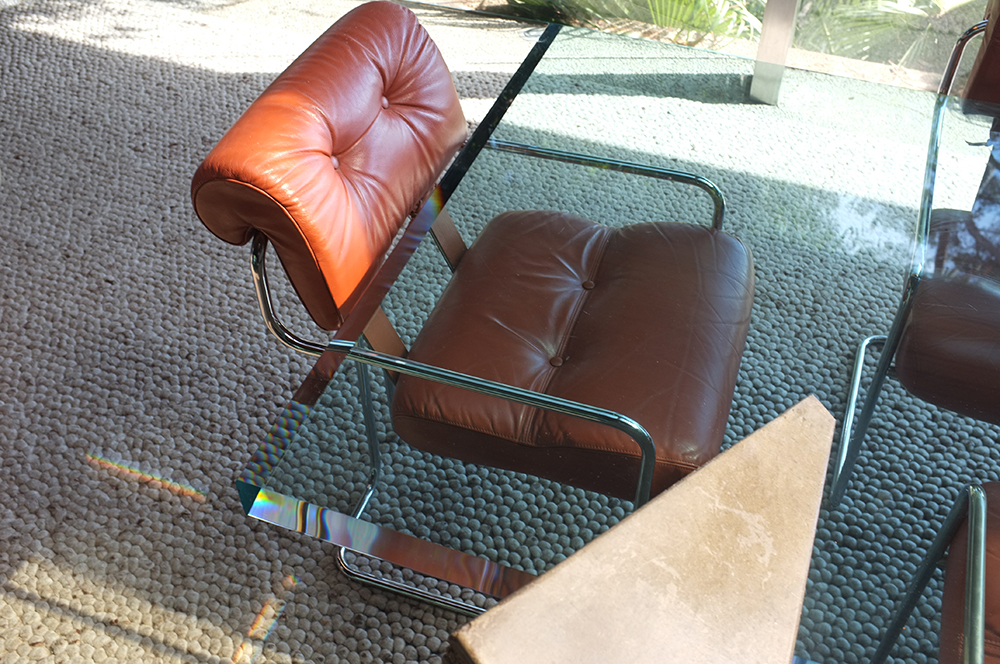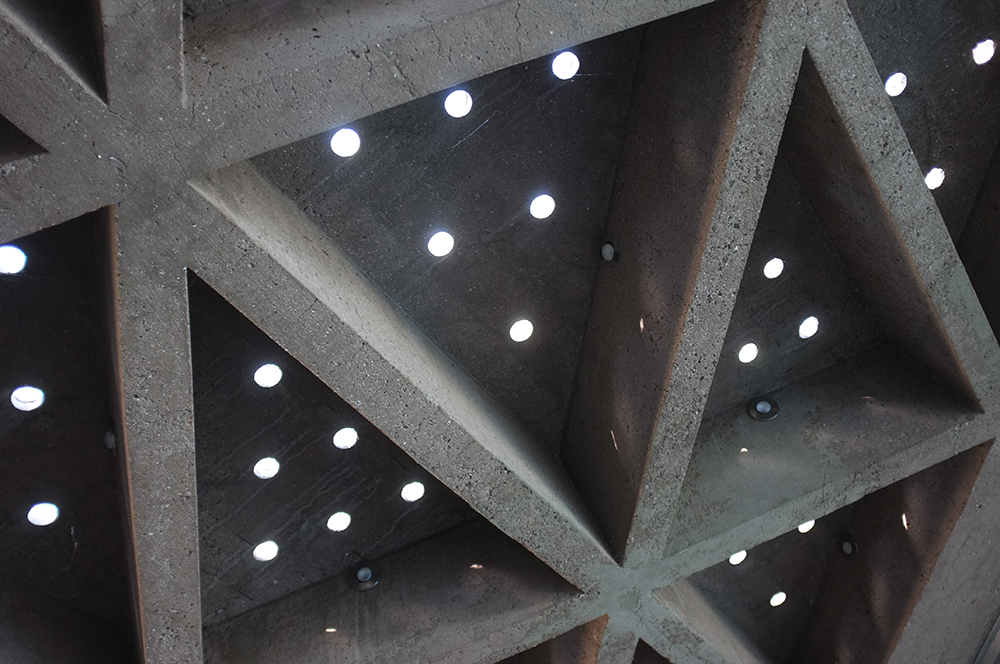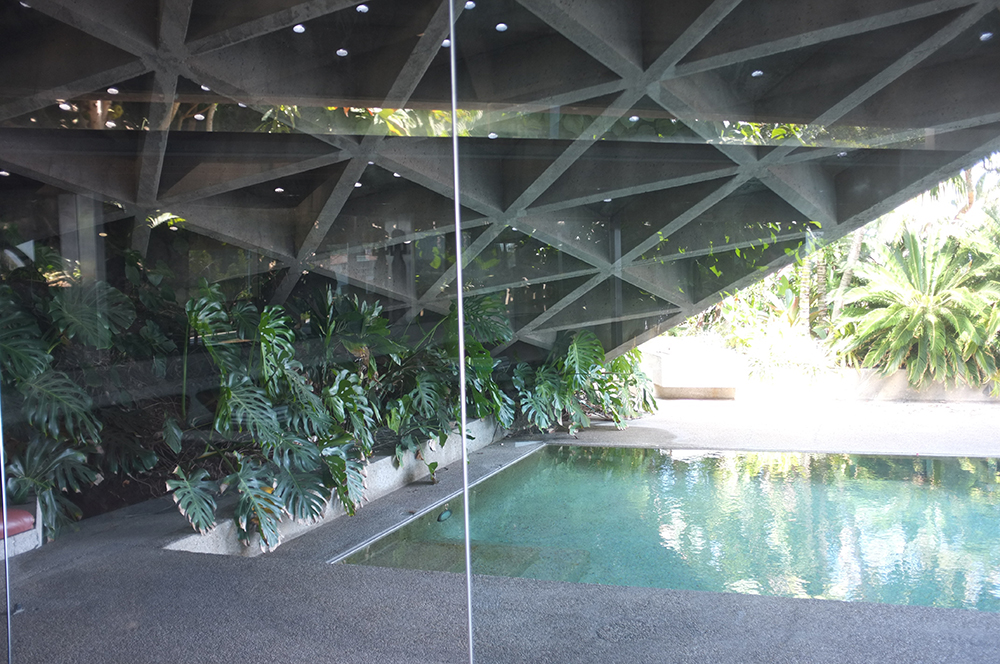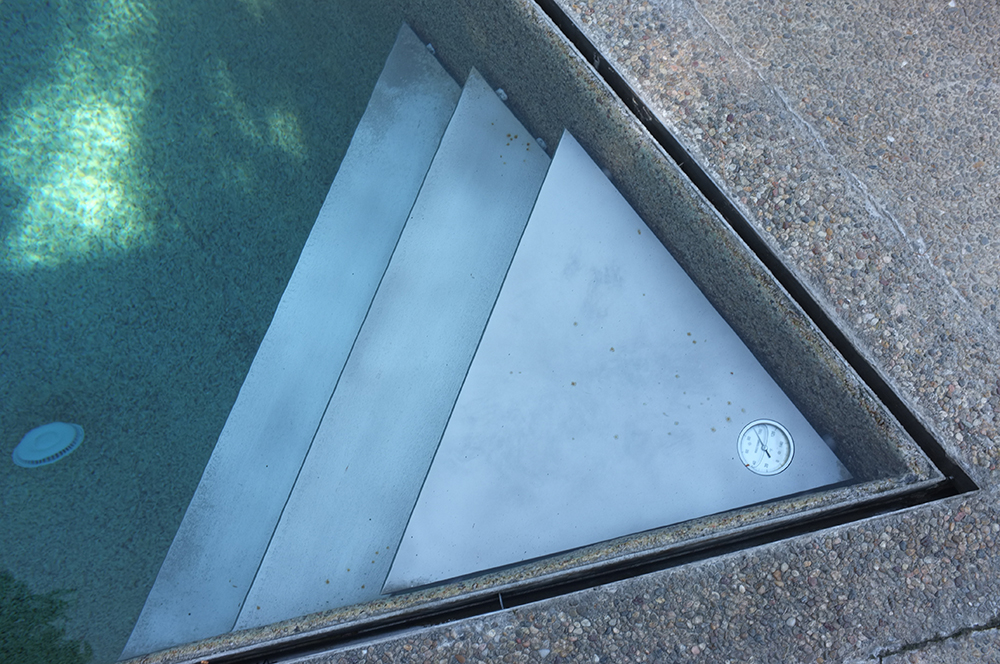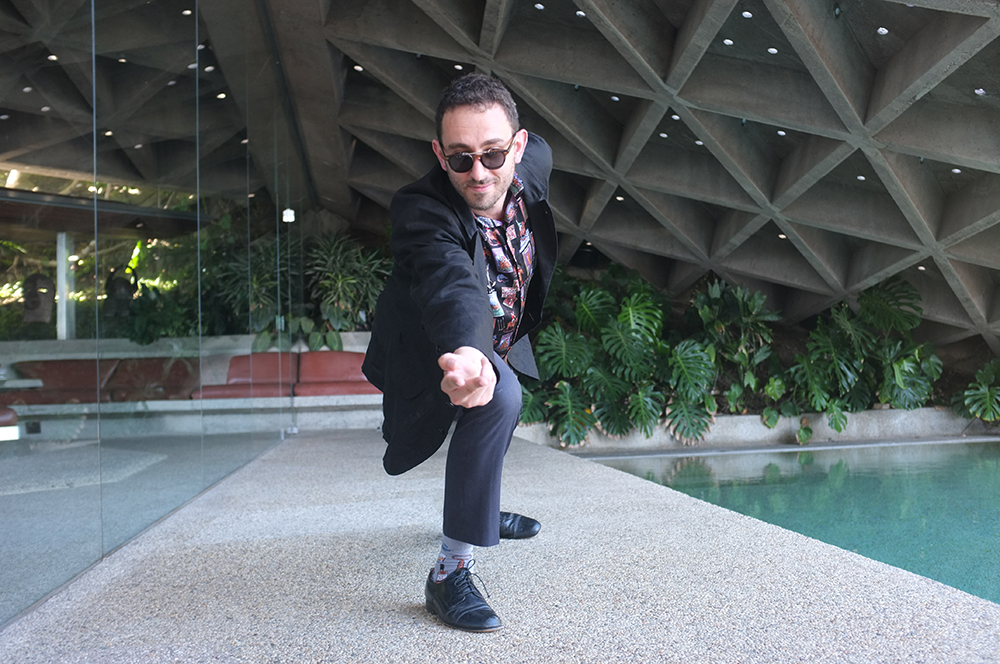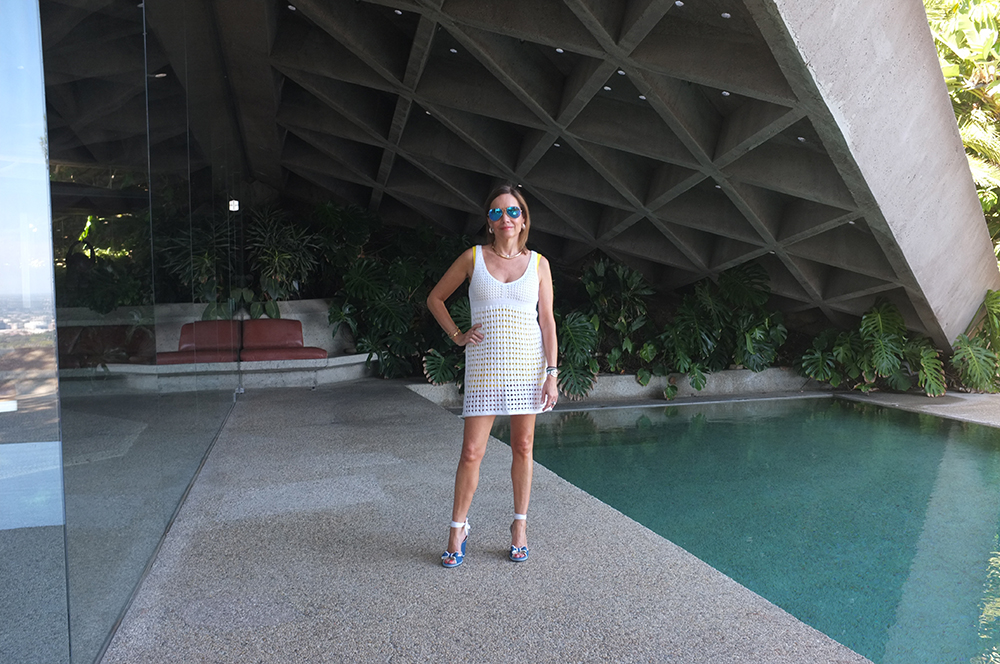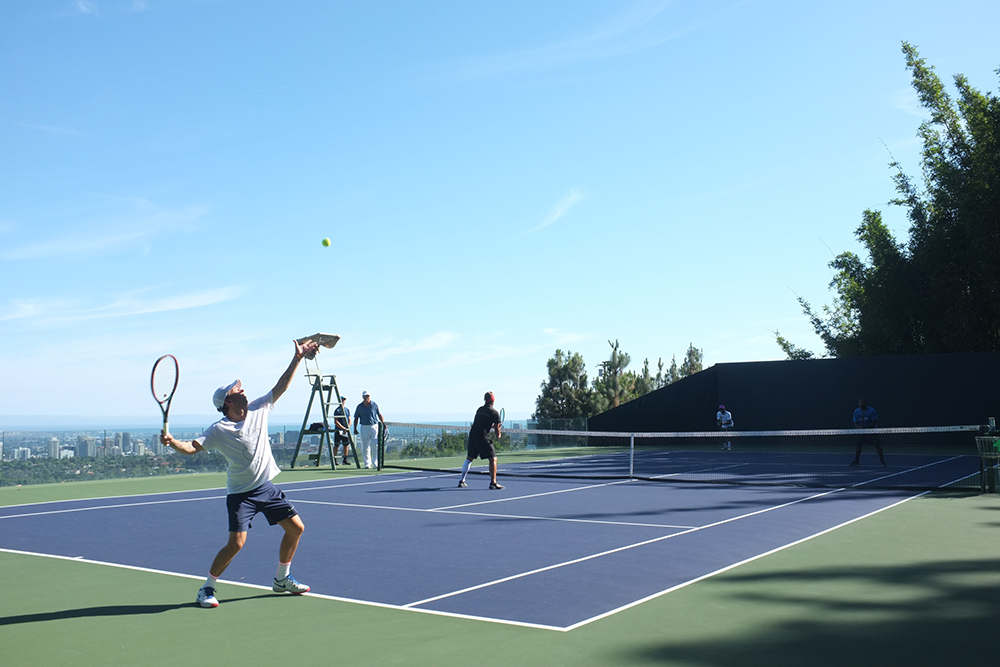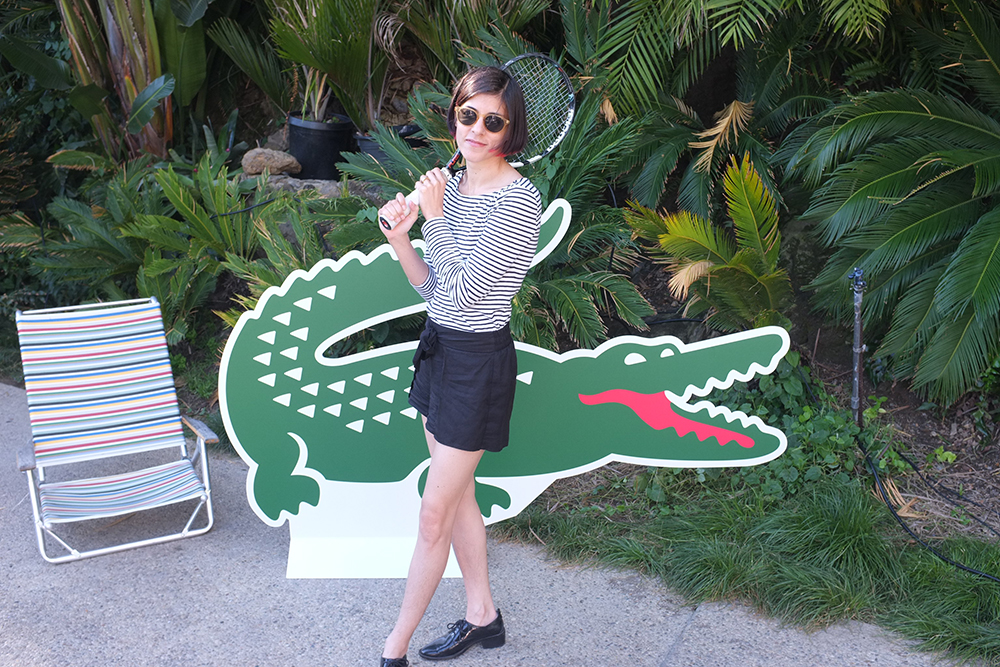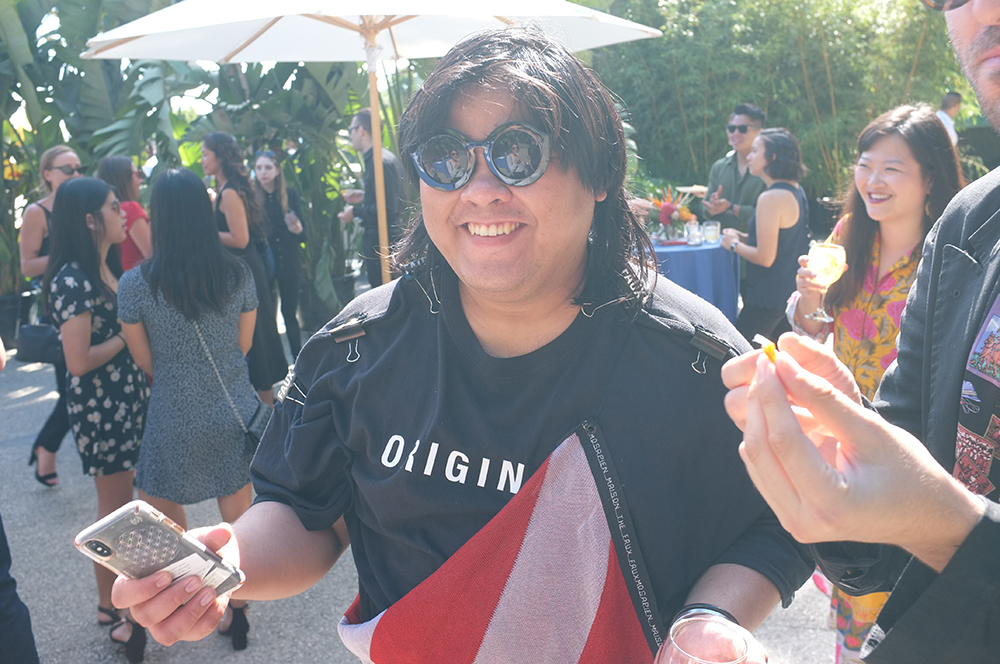Salone del Mobile.Milano’s new three-year partnership with Art Basel feels like a turning point for both the design world and the art market. With its debut during the VIP preview of Art Basel Miami Beach 2025, Salone introduced a quietly luxurious Collectors Lounge designed by Lissoni & Partners and filled with pieces from many of Italy’s most respected makers—names like Poltrona Frau, Molteni&C, Foscarini, Arper, and others. The intention is clear: Italian design isn’t content to orbit the art world anymore. It wants a seat at the center of the conversation.
For decades, Salone has been rooted in Milan, anchoring what is essentially the world’s most important design week. It has always been a destination for architects, buyers, and the broader design community. But the landscape has shifted. Collectors now think about furniture and lighting the way they think about art—objects that reflect taste, identity, and, increasingly, long-term value. At the same time, the art market itself has expanded into territory once reserved for architecture and design. By stepping into Art Basel’s ecosystem, Salone is acknowledging this blurred terrain and aiming to shape it rather than react to it.
Maria Porro, the president of Salone del Mobile.Milano, described the partnership as both timely and strategic. “Our role, today more than ever, is to anticipate the changes shaping the international market and to create the conditions for Italian companies to engage with new worlds, where art, design and cultural investments all come together,” she said. She makes the case that this isn’t simply about visibility but about placing design where it belongs. “Bringing Italian design into the heart of its Collectors Lounges means not only amplifying the international visibility of our companies, but enhancing the culture of design as a competitive asset.”
The Lounge in Miami is less a showroom than a carefully staged environment—soft lighting, sculptural seating, and that particular sense of calm that Italian design does so well. For the companies involved, it’s an opportunity to be in front of an audience that matters: collectors, museum patrons, developers, and cultural players who influence how taste moves globally. For those visiting, it reframes design pieces not as decorative afterthoughts but as part of the cultural landscape Art Basel has spent decades cultivating.
What’s clear is that this move is about more than one fair. By embedding itself in the Basel circuit, including the Hong Kong edition, Salone is positioning Italian design as something closer to cultural currency—objects that sit comfortably alongside contemporary art and share its language of prestige and intention.
There are challenges in crossing over so boldly, of course. The art world can be demanding; design risks becoming overly polished or drifting too far from its roots in craft and utility. Still, under Porro’s leadership, the direction feels deliberate. She has emphasized that the goal isn’t simply to place furniture in a room but to bring the “culture of design” into dialogue with a global audience.
If the partnership succeeds, it could reshape how design is collected, discussed, and valued—and, in the process, give Italian craftsmanship an even bigger role in shaping the spaces where culture is experienced today.






